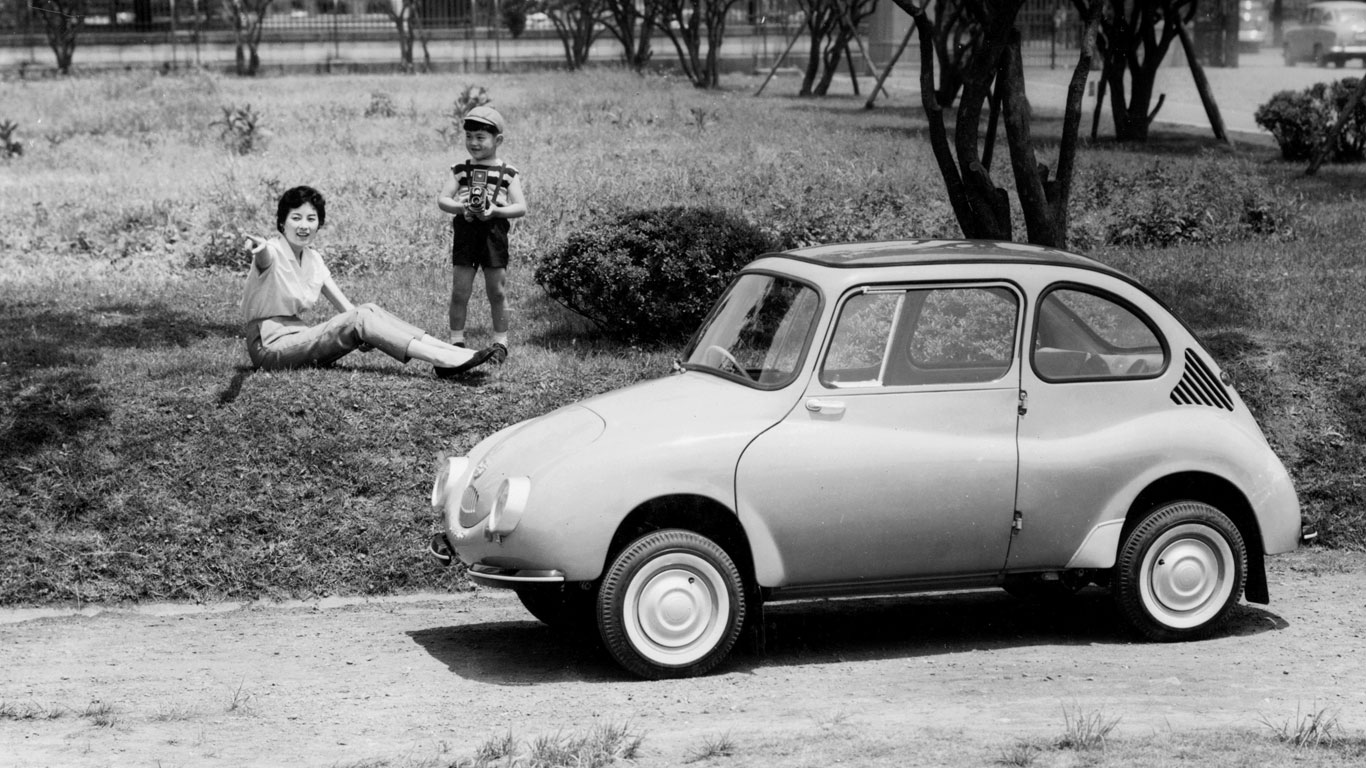Tiny kei cars have conquered Japan and spread around the world. They originated in 1949, as a way to get war-ravaged Japan back onto four wheels. Yet they have become more than mere transport – as we’ll discover.
Join us for a brief history of the kei car.
Kei jidosha
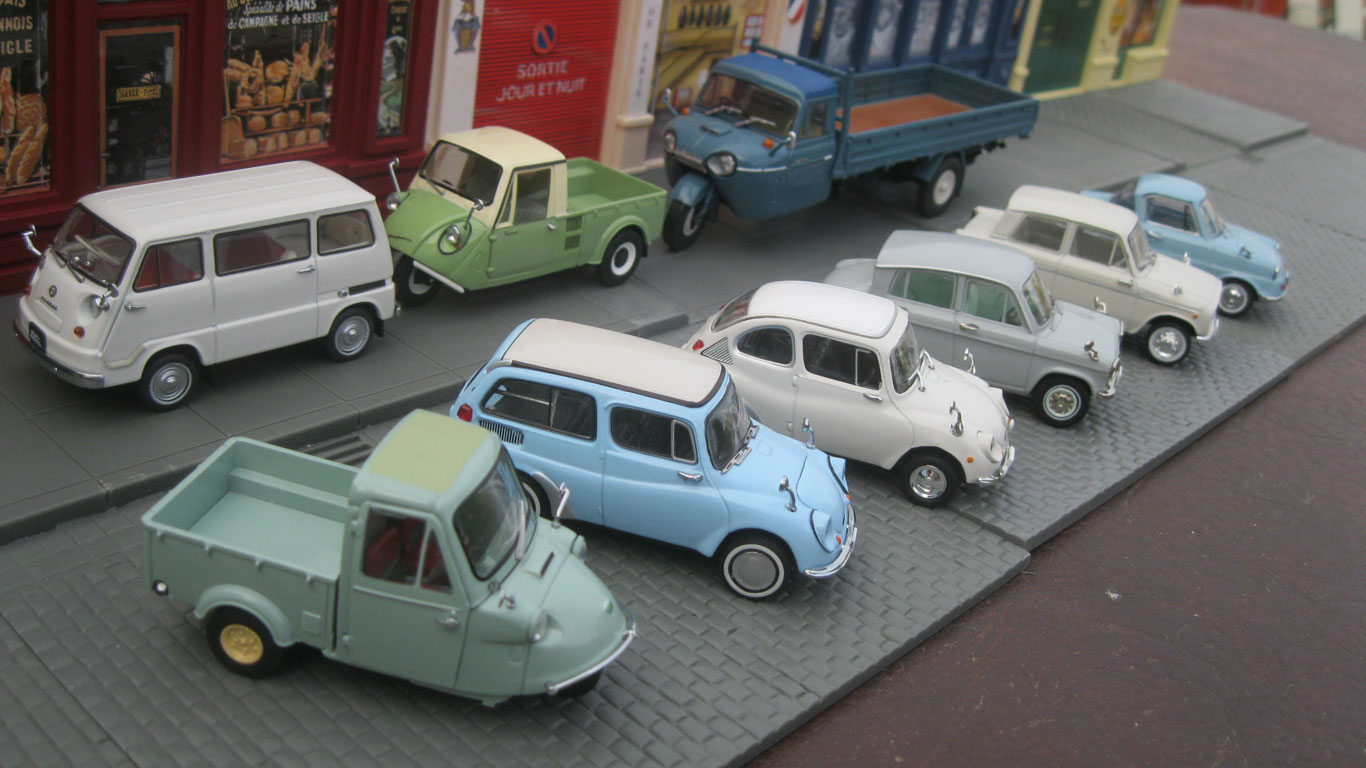
The name stems from kei jidosha – or light vehicle – and it covers kei cars, trucks and minivans. Indeed, the earliest kei vehicles were delivery trucks, designed for small businesses and shops. This lineup of model cars shows the diversity.
Mobilising an entire
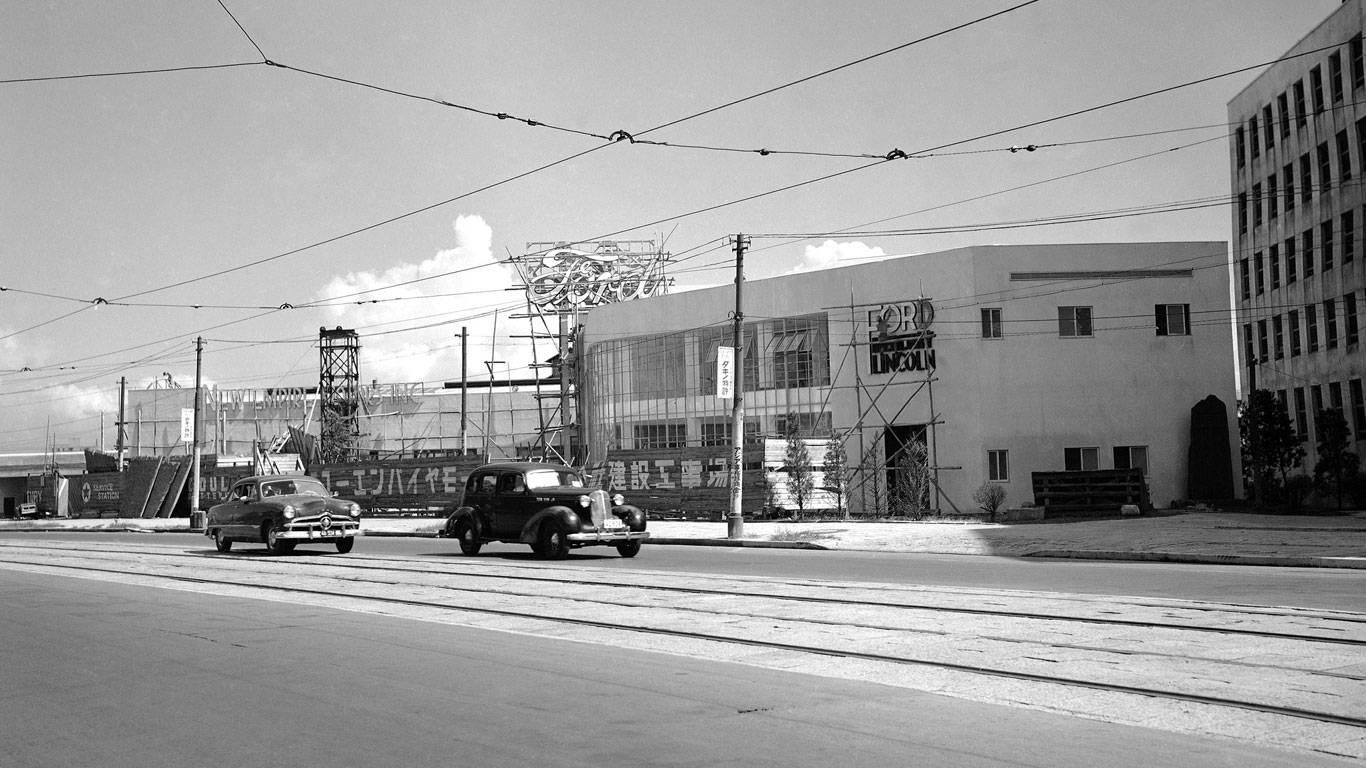
The growth of the kei car was thanks to Japan’s Ministry of International Trade and Industry (MITI), as it looked to kickstart the economy after the Second World War.
Slow growth
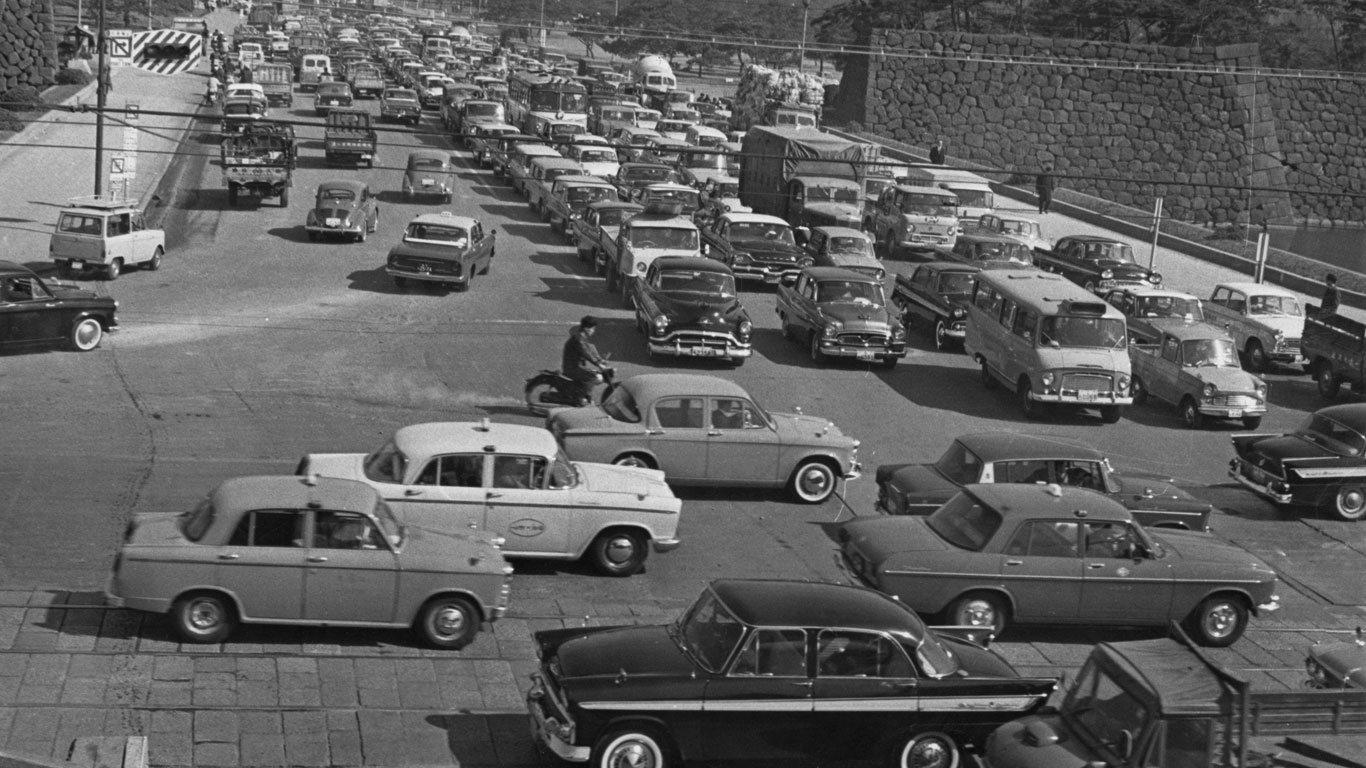
Kei cars were cheaper to buy, to insure and to tax. Initial growth was slow, not least because the engines were restricted to 150cc four-stroke or 100cc two-stroke capacities.
1955: the true birth of the kei car
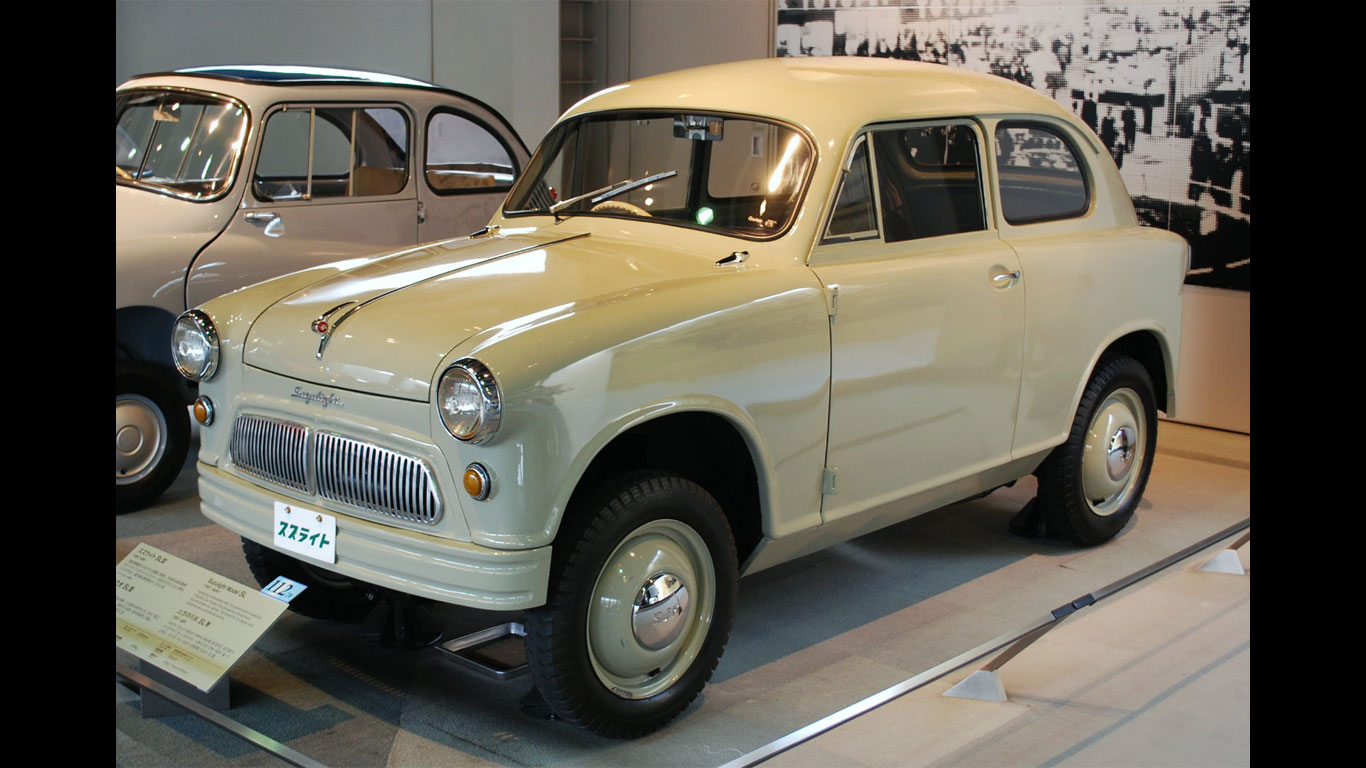
However, an increase to 360cc in 1955 for both four- and two-stroke engines heralded the real birth of the kei car. The Suzuki Suzulight goes down in history as the first.
Suzuki Suzulight
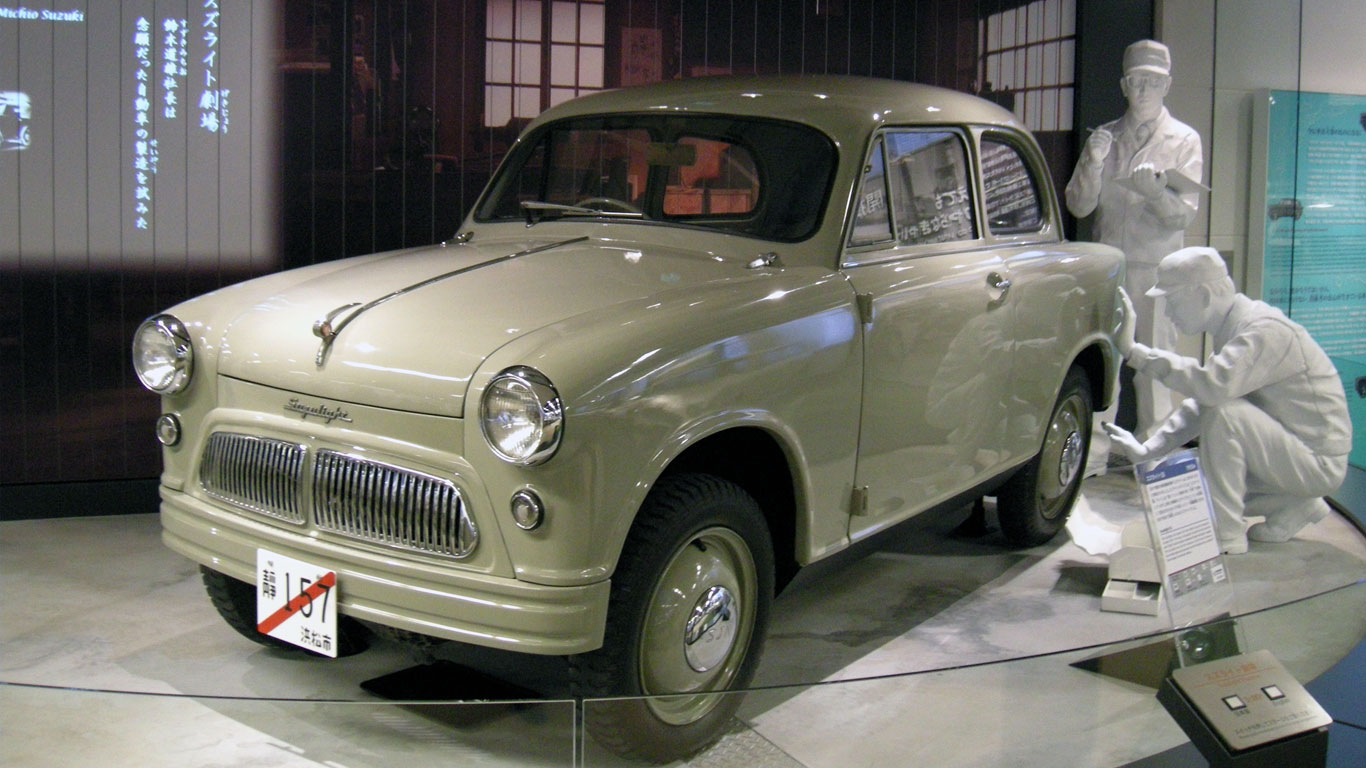
When it went on sale in October 1955, three body styles were available, namely the Suzulight SS (saloon), Suzulight SL (light van) and Suzulight SP (pickup). The Suzulight brand lived on until 1969.
Subaru 360
The Subaru 360 – nicknamed the ‘Ladybug’ – was a landmark vehicle. It was the first car sold under the Subaru brand (part of Fuji Heavy Industries) and is one of the best selling microcars ever. A total of 300,000 were made.
Honda N360
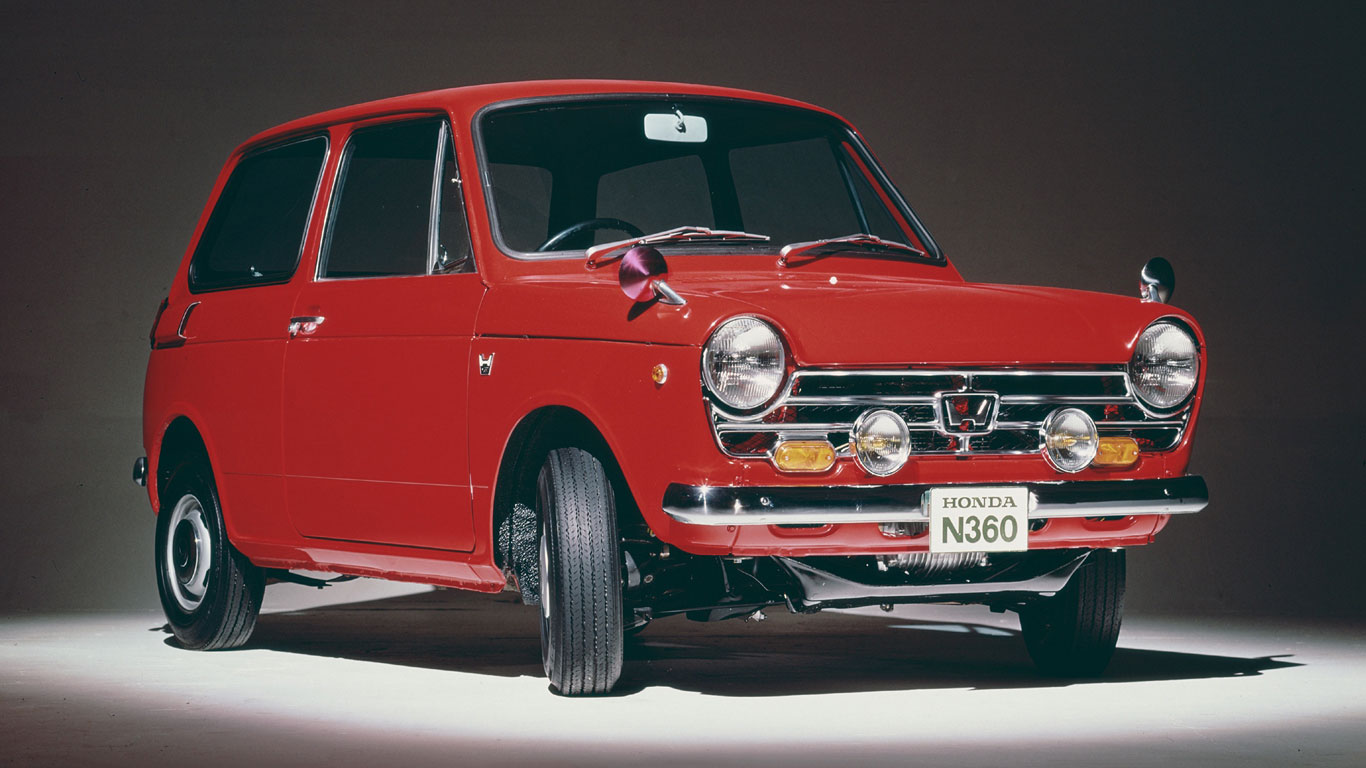
As kei cars developed, they grew ever more sophisticated. The Honda N360 of 1967 was a sign the industry was finding its feet. Like the Subaru 360, this was a significant car.
Honda N360
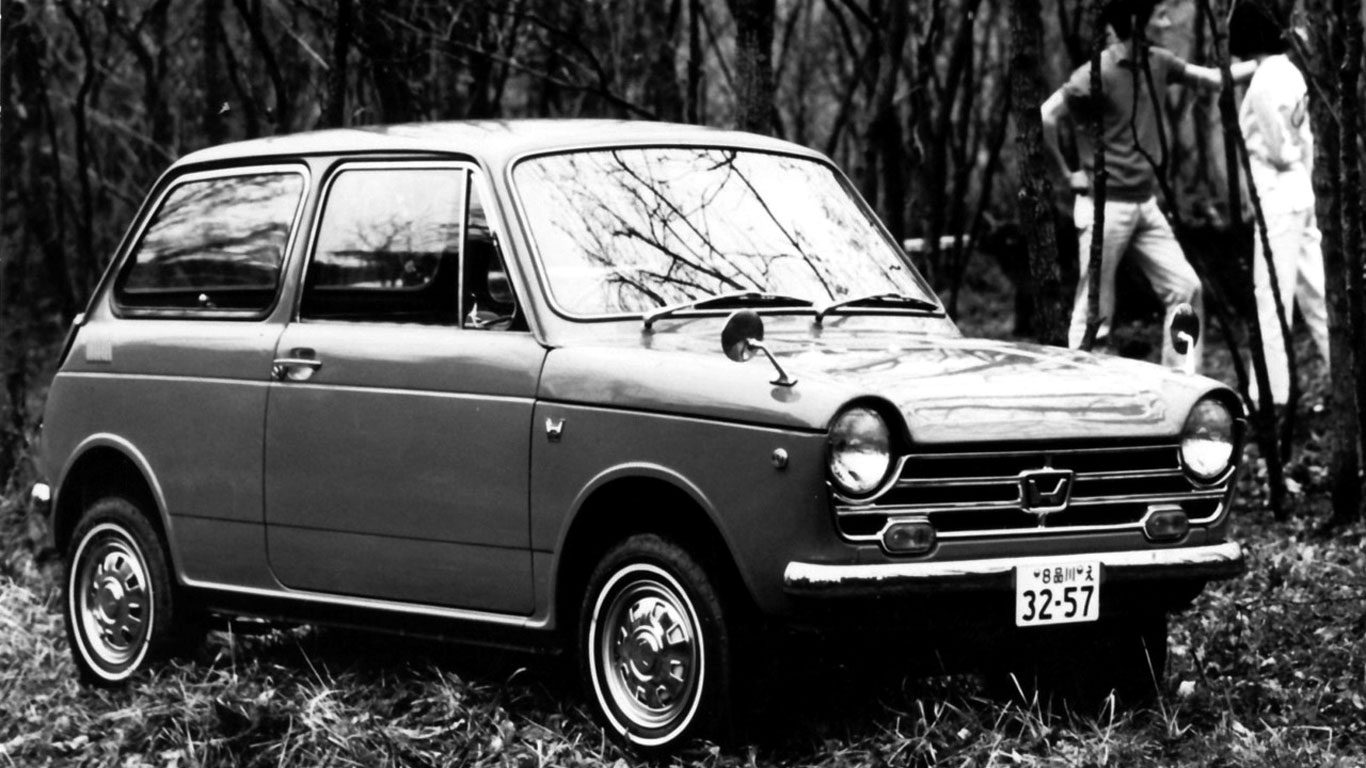
It was powered by a 354cc engine taken from the Honda CB450 motorcycle, with the displacement reduced to comply with kei car legislation. In many ways, the Honda N360 was the Japanese Mini.
The 1970s
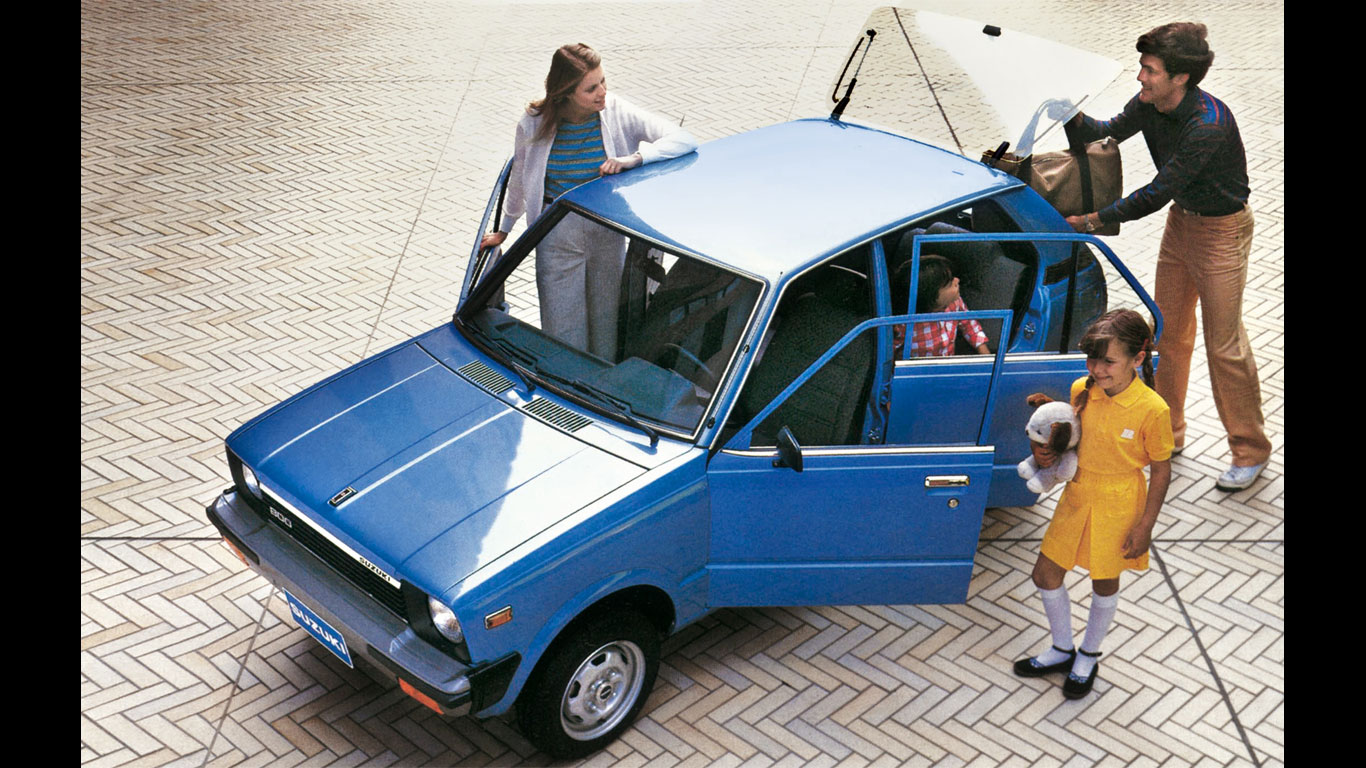
In the 1970s, the kei car industry was coming under increasing pressure, with the Japanese government abolishing some of the benefits associated with ownership.
The kei car fights back
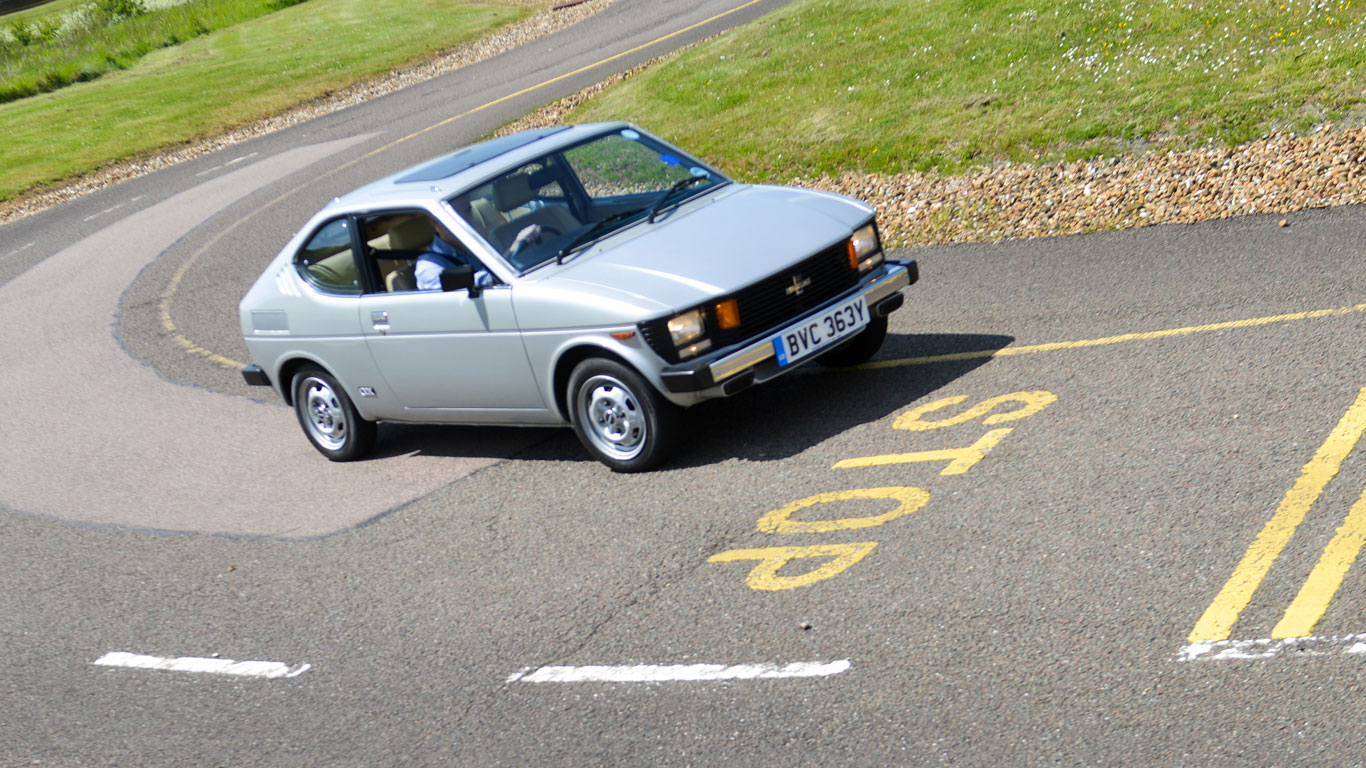
From the start of 1976, the kei car began to fight back. The Japanese government introduced a new 550cc limit, while agreeing that cars could be longer and wider.
Boom time for the little car
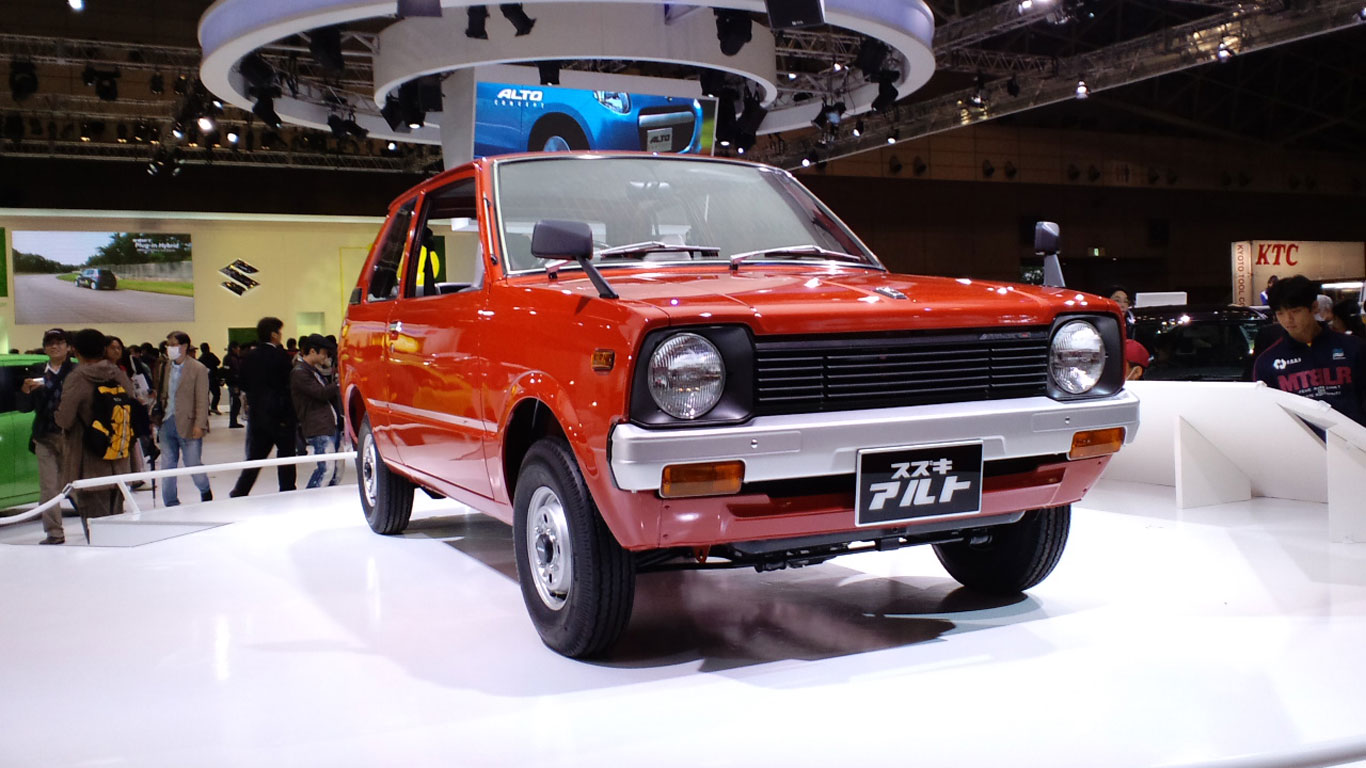
As carmakers developed new and better kei cars, sales increased. Kei cars were also a viable export proposition, with many heading for Europe.
660: the number of the beast
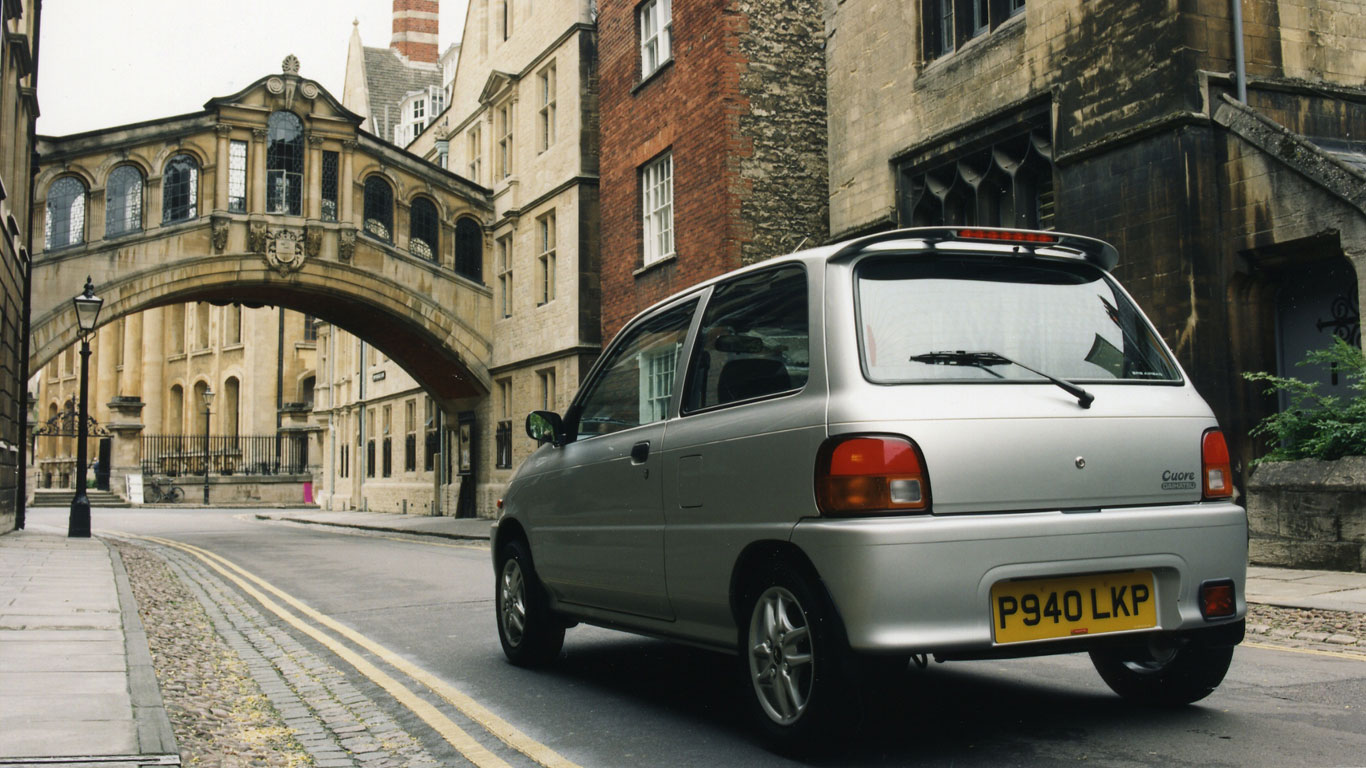
The modern kei car was born in 1990. By allowing an extra 110cc and a 100mm longer bodyshell, the kei car had come of age. Many 660cc heroes were born.
64hp limit
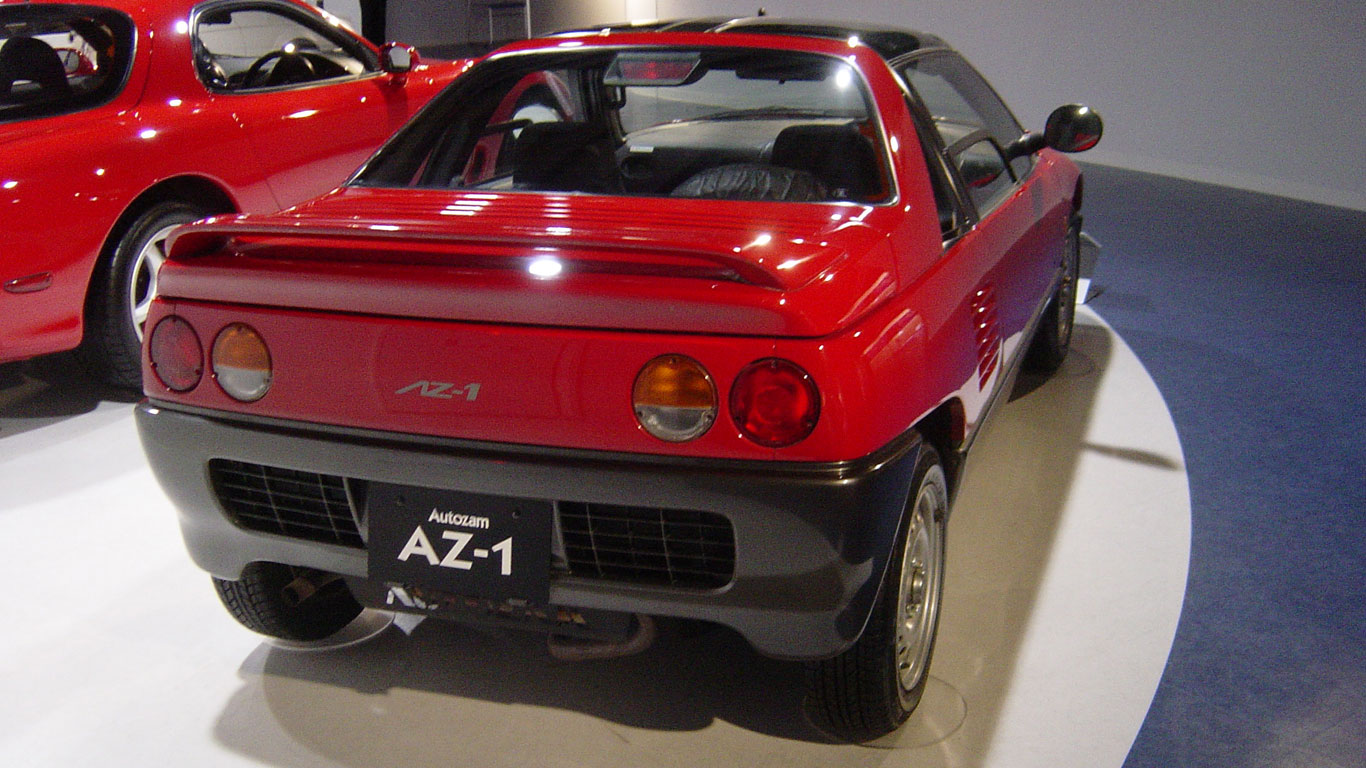
The Japanese government introduced a 64hp limit, although the fitment of superchargers and turbochargers meant that carmakers could achieve startling performance figures and remarkable fuel economy.
Gran Turismo
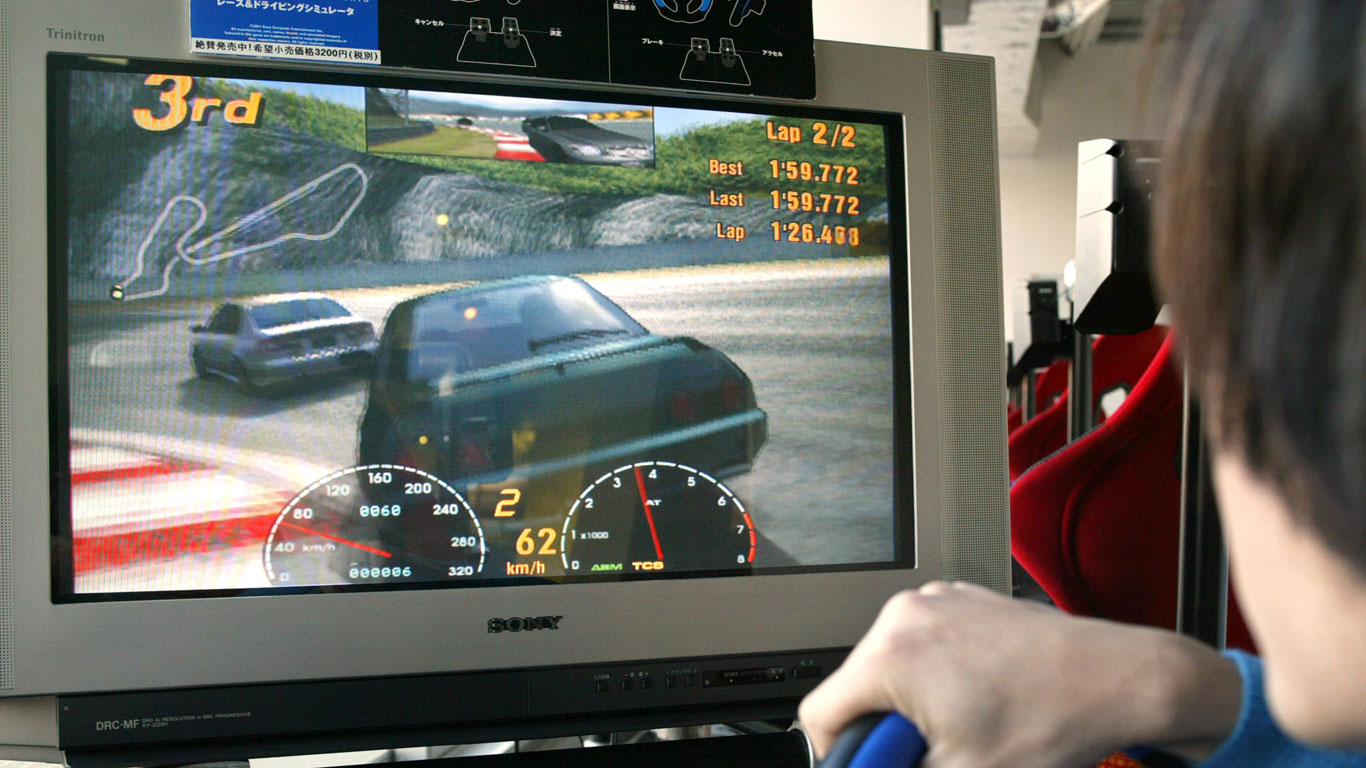
Many people were introduced to the wild and wonderful kei cars via the Gran Turismo PlayStation game, first introduced at the end of 1997.
On a loose leash
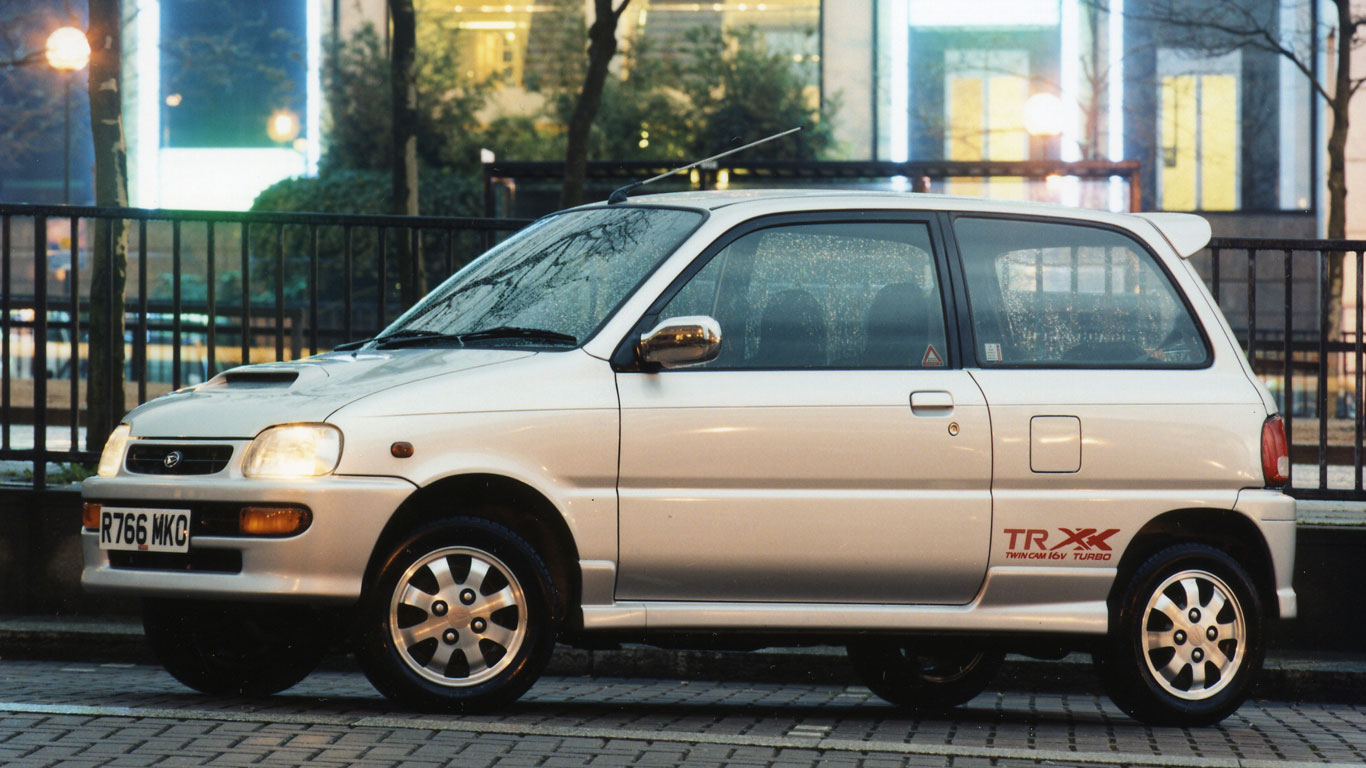
Crucially, the kei car regulations only restrict physical size and engine displacement, leaving carmakers to play with rear-wheel drive, four-wheel drive, turbochargers, superchargers, automatic transmissions and CVTs.
Higher tax on kei cars
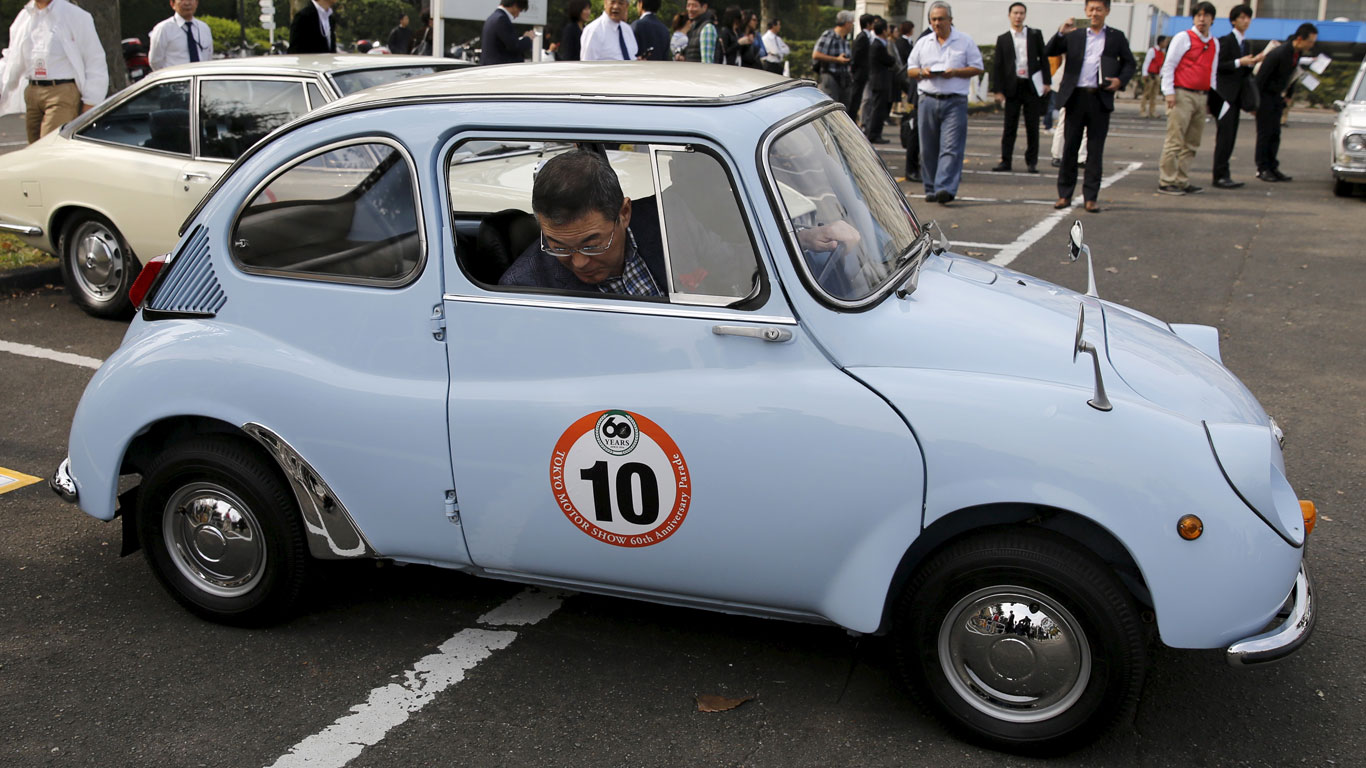
Concerned that its carmakers were focusing too much on the domestic market, Japan’s government introduced a higher tax on kei cars in 2015. How times have changed. This photo shows Yasuyuki Yoshinaga of Fuji Heavy Industries driving a Subaru 360.
Toyota iQ
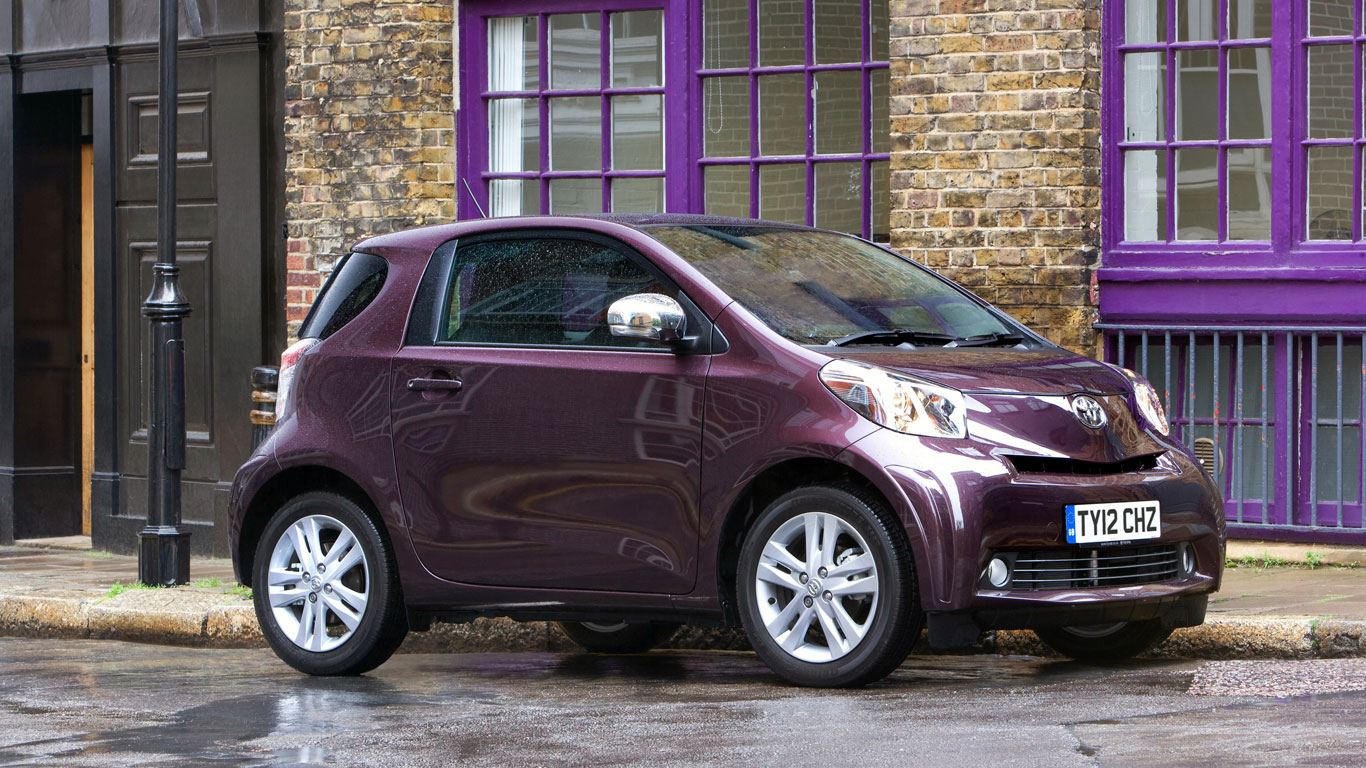
But not all Japanese small cars are kei cars. The Toyota iQ is a good case in point. It’s beautifully packaged, but too wide to qualify. Its 1.0-litre engine is also too big.
Aston Martin Cygnet
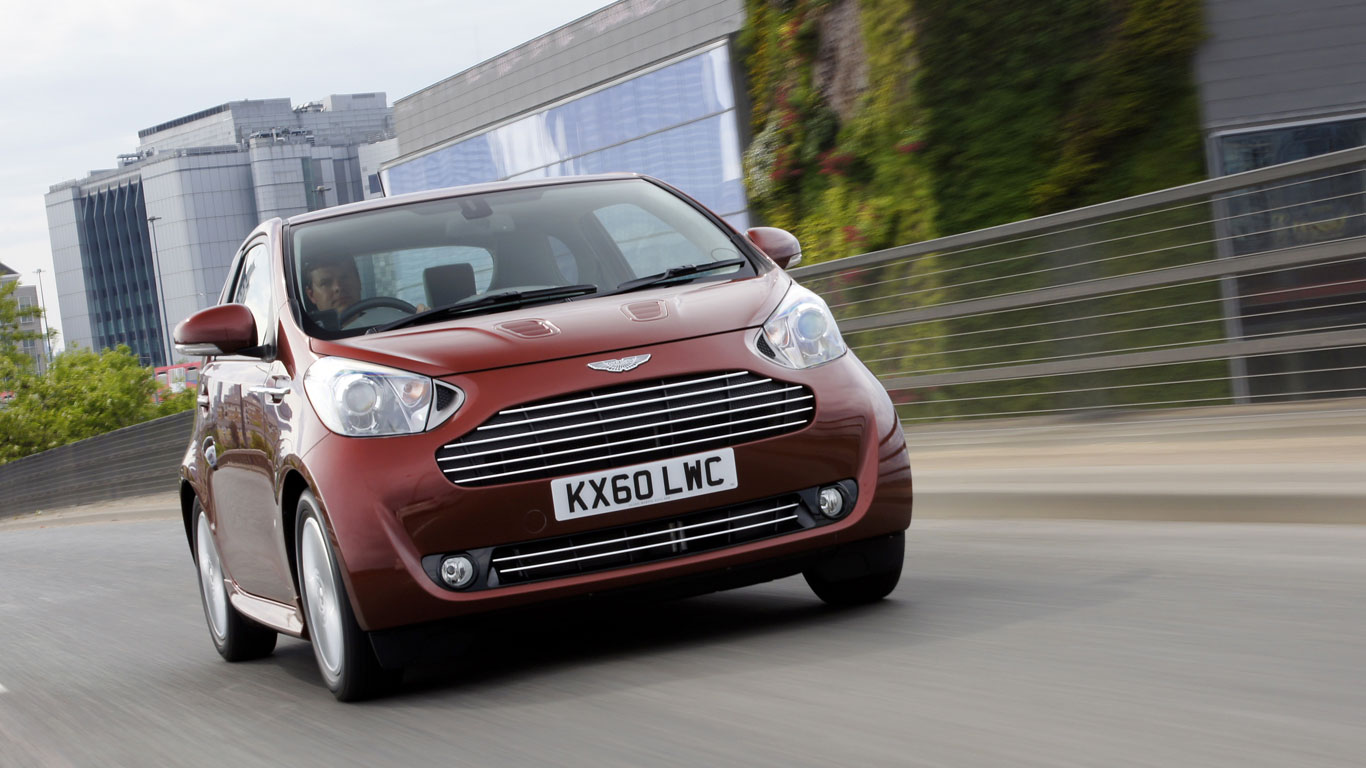
Which means the Aston Martin Cygnet doesn’t register as a kei car. Shame – that might have given it a much-needed sales boost.
Smart K
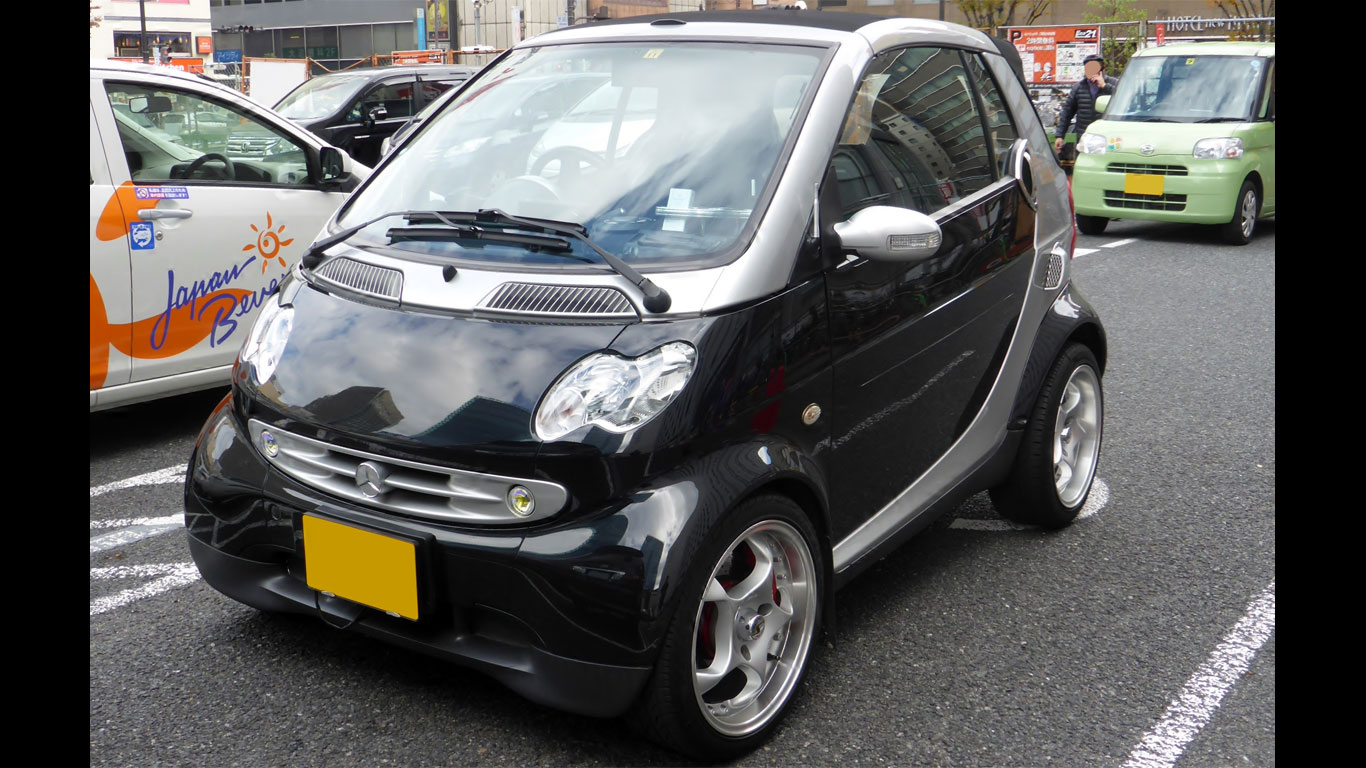
In the meantime, the Smart K is probably the closest you’ll get to a European-spec kei car. Sold between 2001 and 2004, the Smart K was essentially a Fortwo after a few hours with an angle grinder.
Autozam AZ-1
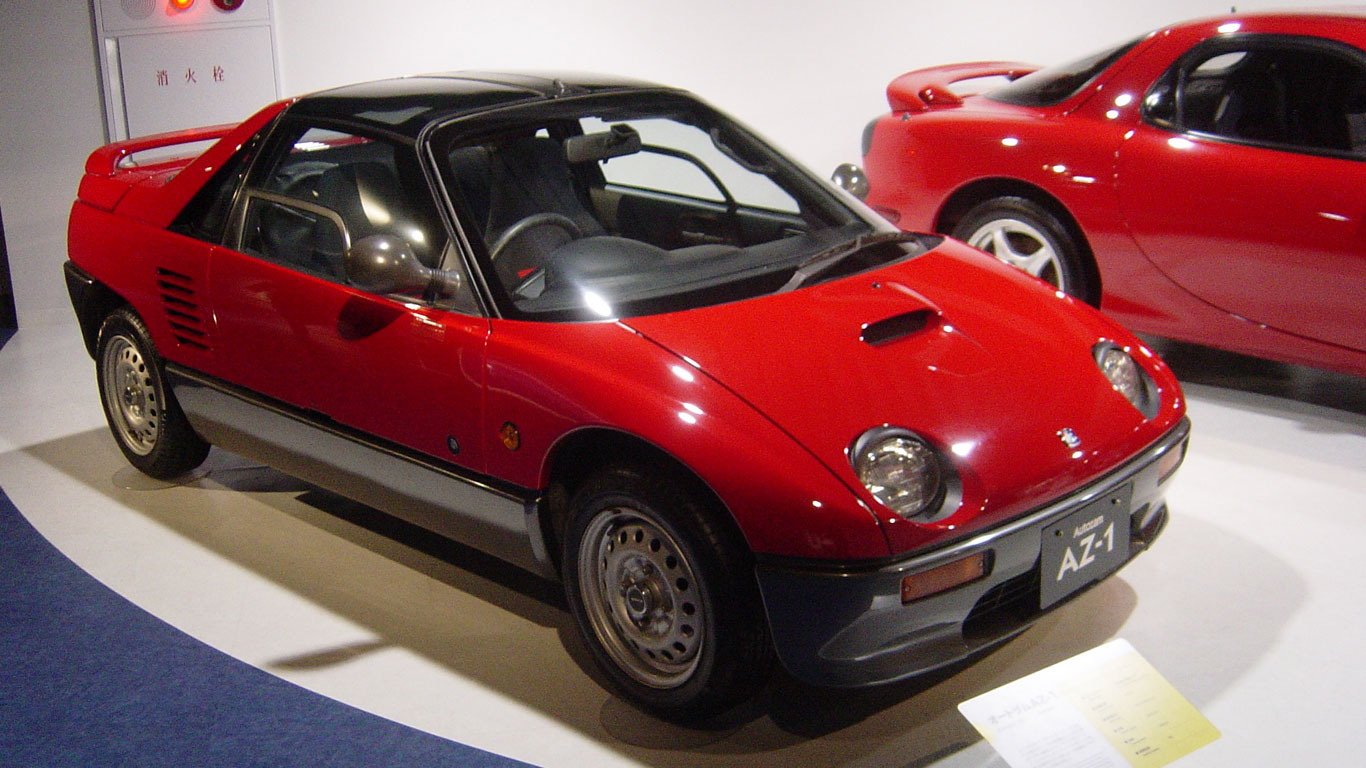
Arguably the coolest kei car of all time, this is the Autozam AZ-1. It was designed and built by Suzuki, but sold by Mazda through its Autozam brand. It is, of course, notable for its ‘gullwing’ doors.
Honda Beat
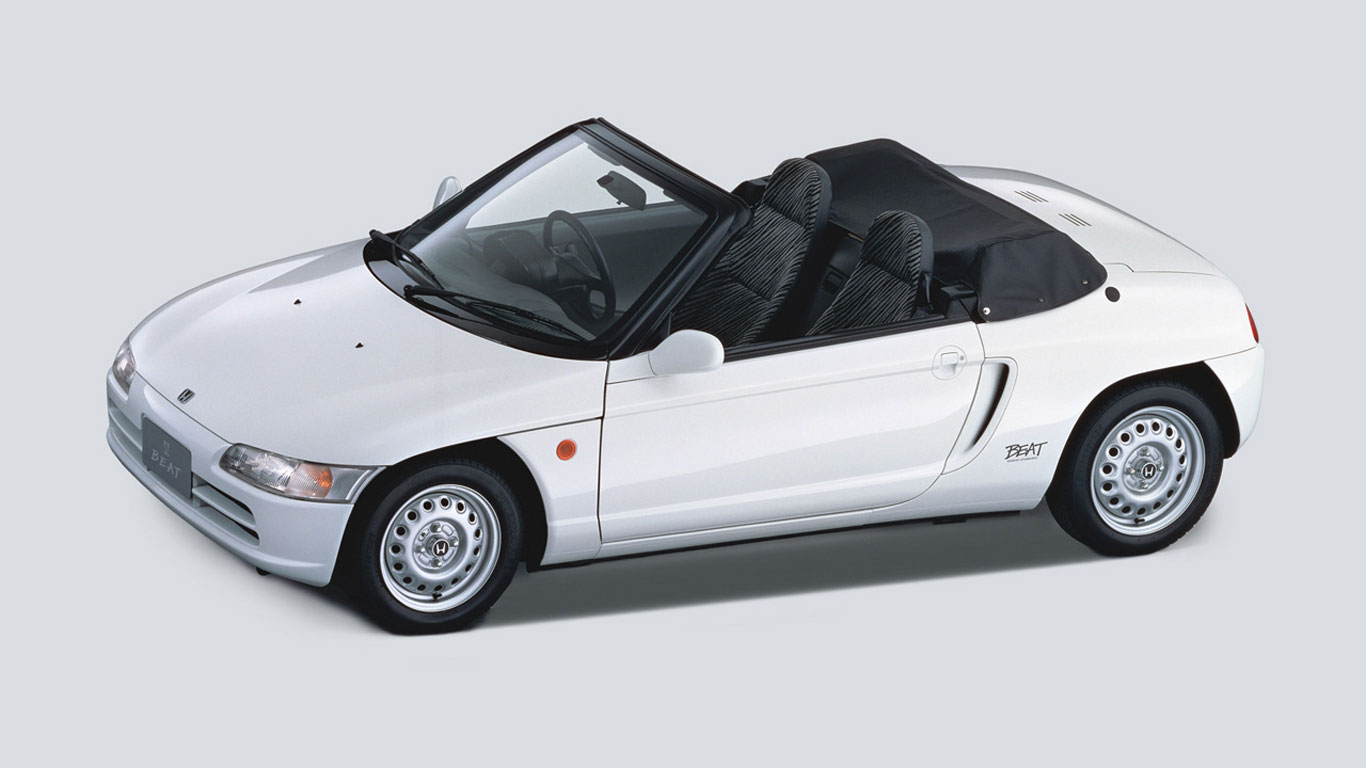
The Pininfarina-designed Honda Beat was built between 1991 and 1996, during the glory years of the kei car. It was the final car approved by Soichiro Honda before he died in 1991.
Suzuki Cappuccino
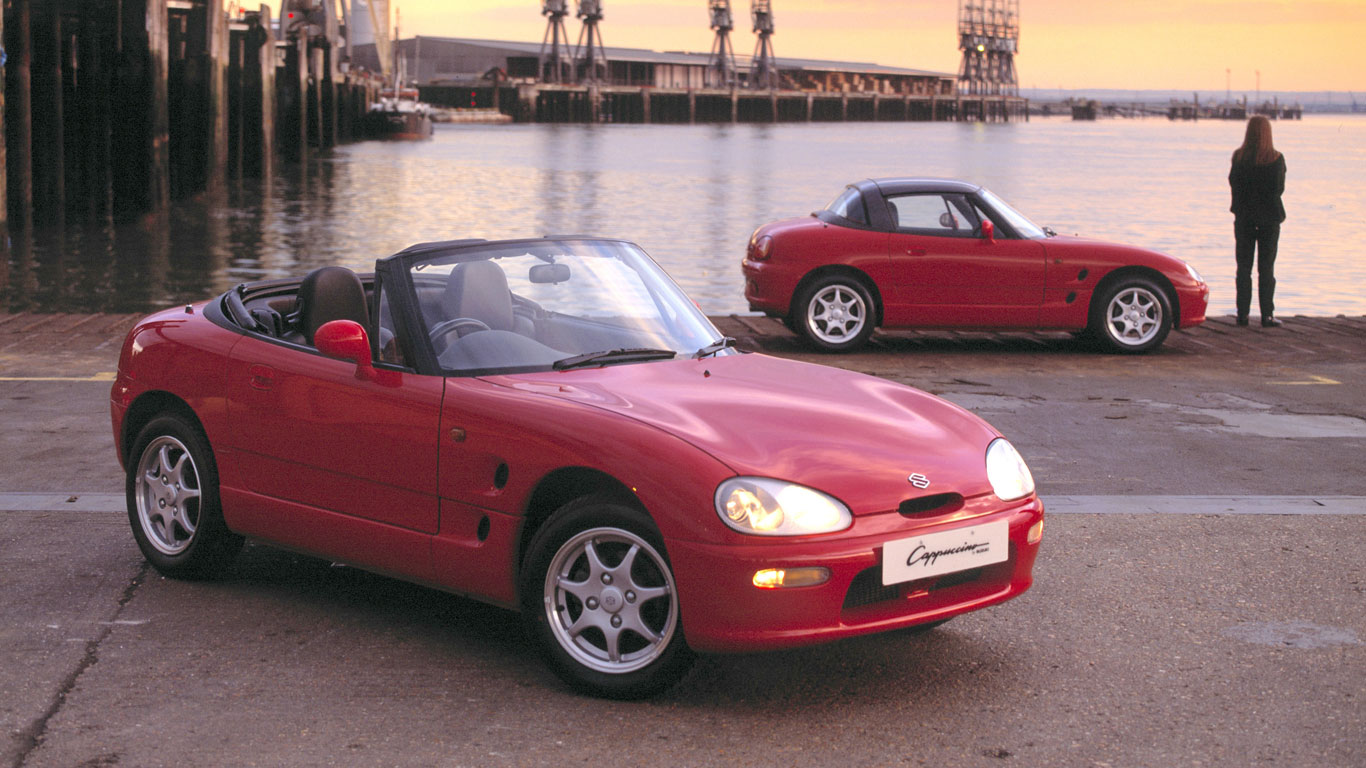
Completing the holy trinity of kei cars, otherwise known as the ABC (AZ-1, Beat and Cappuccino) is Suzuki’s only sports car. It looks like the tiny offspring of a Dodge Viper and Mazda MX-5. Which is no bad thing.
Subaru Rex
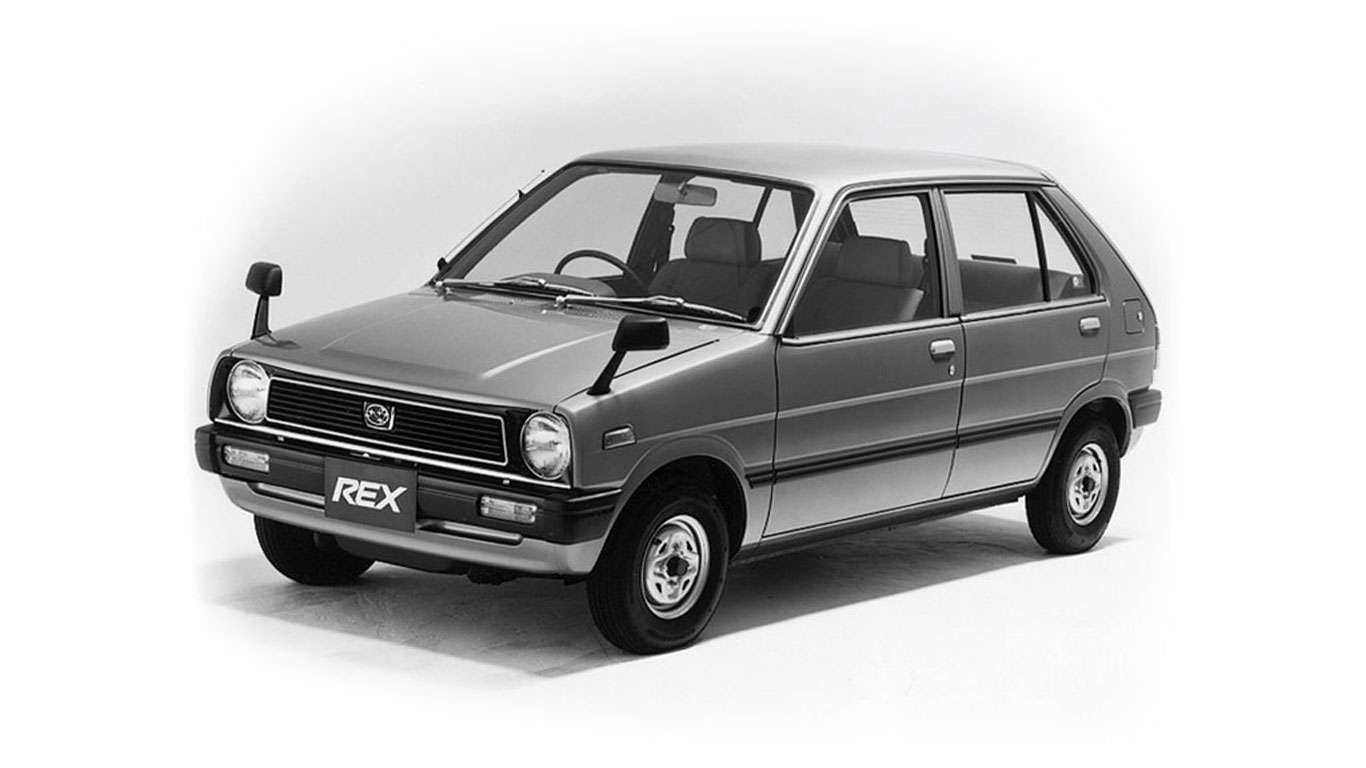
The Subaru Rex has been around in one form or another since 1972, replacing the earlier R-2. We love the second generation for its Mk1 Golf styling and the ‘Dinos Rex’ trim level, the first car to be available via mail order catalogue.
Daihatsu Cuore Avanzato TR-XX R4
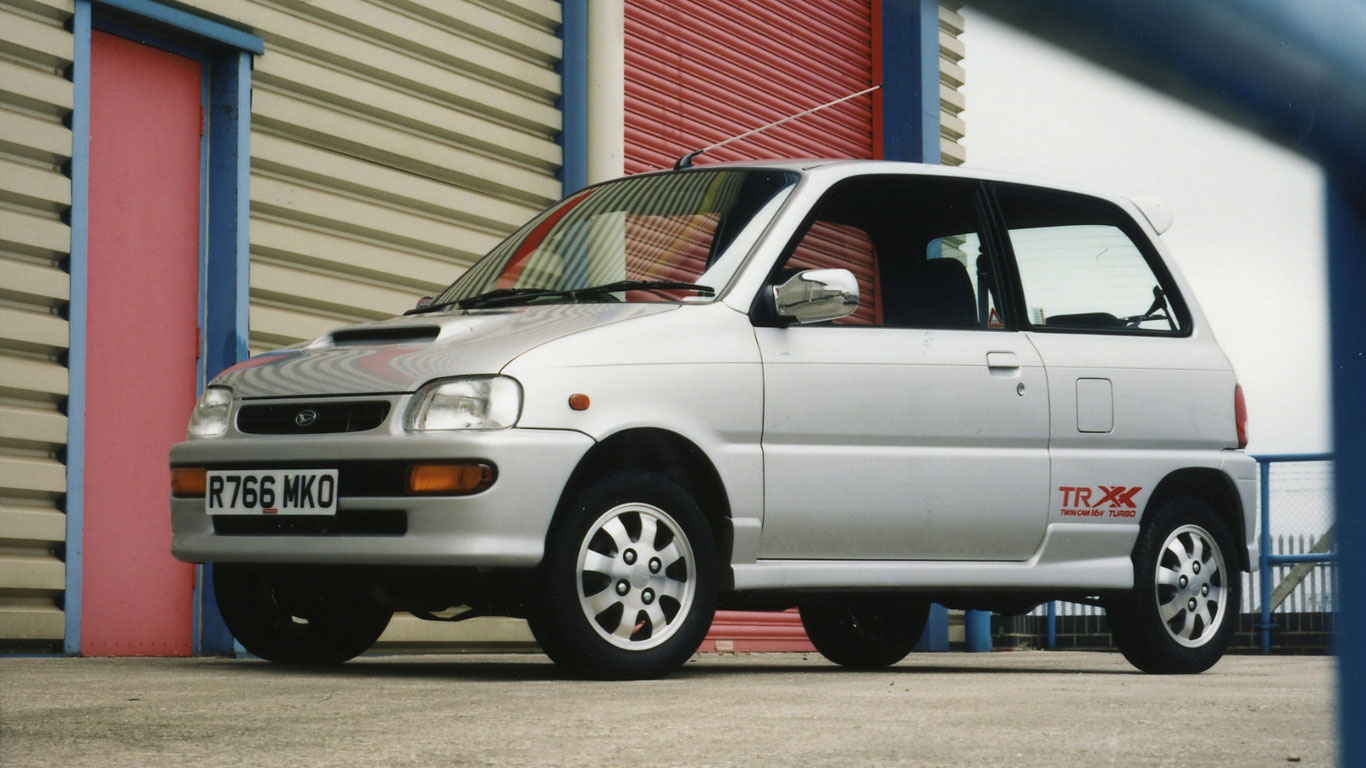
The biggest name in the industry on one of the world’s smallest cars. The Daihatsu Cuore Avanzato TR-XX R4 was a lightweight, turbocharged, permanent four-wheel drive nutjob that redlined at 8,500rpm. Superb.
Suzuki Alto Works
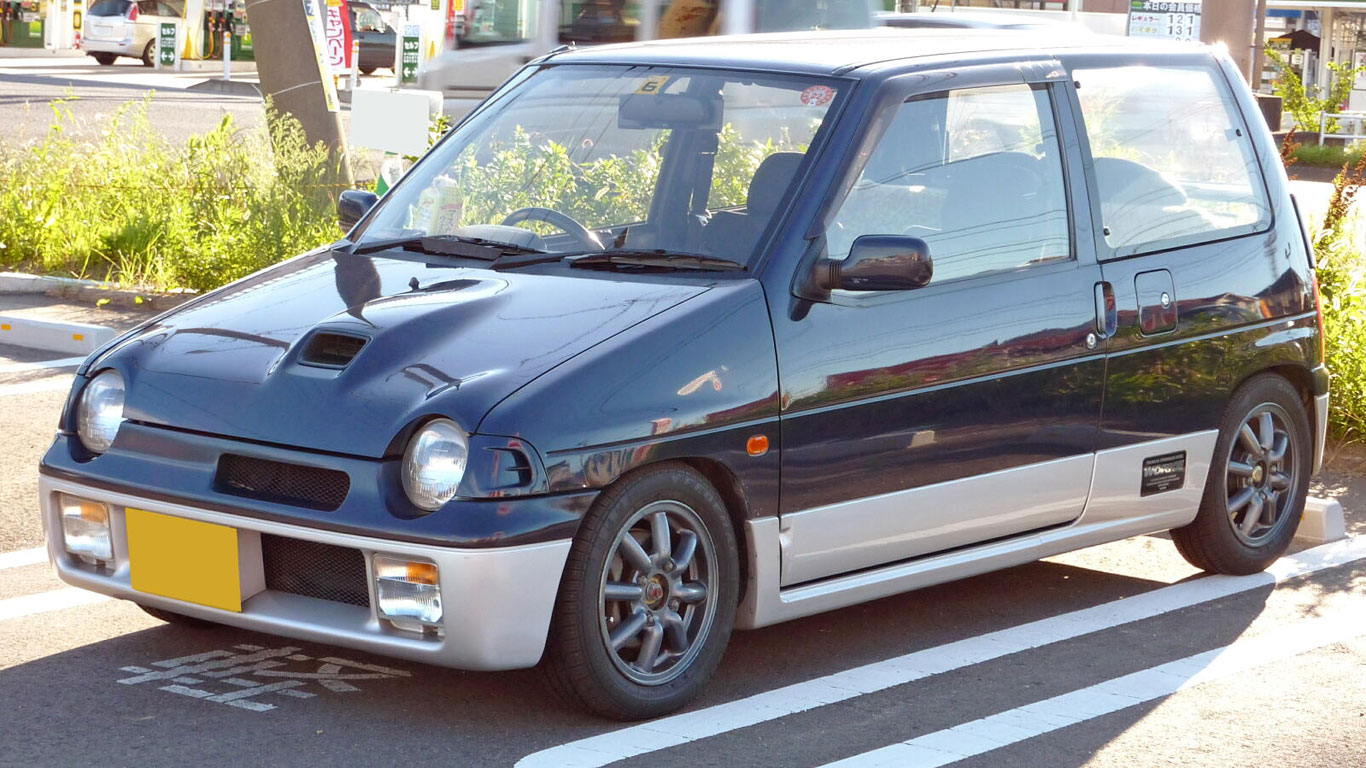
Not all Suzuki Altos are created equal. Step forward the small and mighty Alto Works. The second generation Works was introduced in 1987, but we like the more powerful third generation car, complete with 660cc engine.
Daihatsu Copen
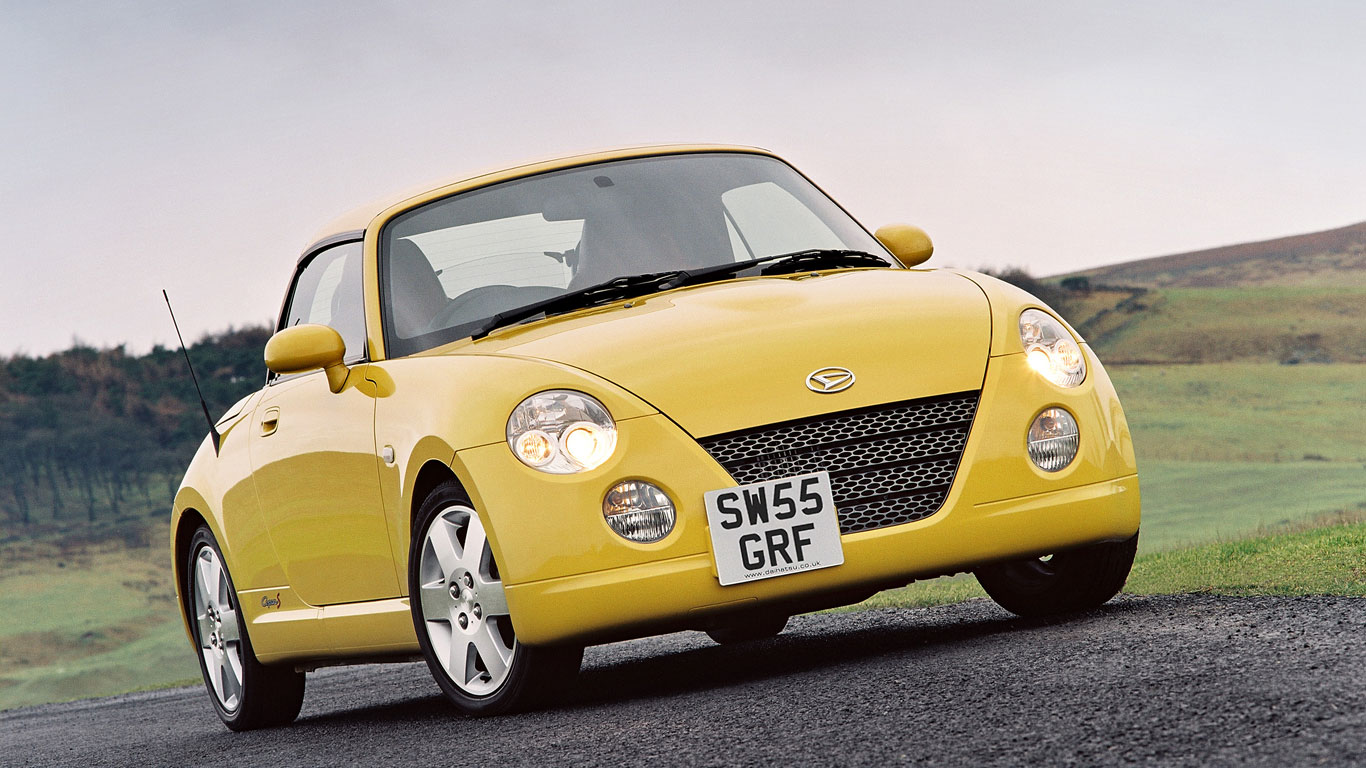
In its domestic market, the Daihatsu Copen was powered by a 660cc turbocharged engine, but export markets – including the UK – were treated to a 1.3-litre non-turbocharged unit. The first generation Copen lived on until 2012.
Subaru Vivio
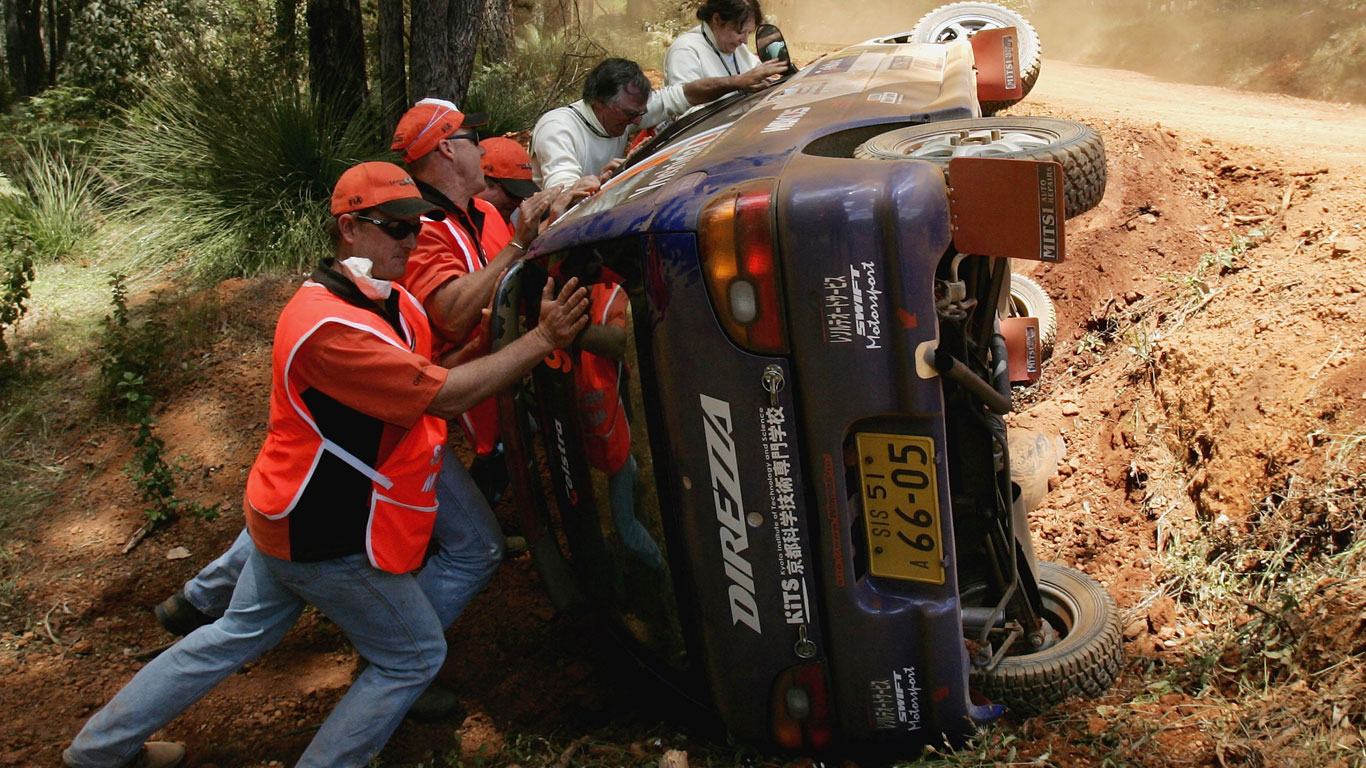
Aside from the weird and wonderful T-Top, the Subaru Vivio offers little to get excited about. That is, until, you discover there was a successful rally version. None other than Colin McRae made his Safari Rally debut in a Vivio.
Mitsubishi Minica Dangan ZZ
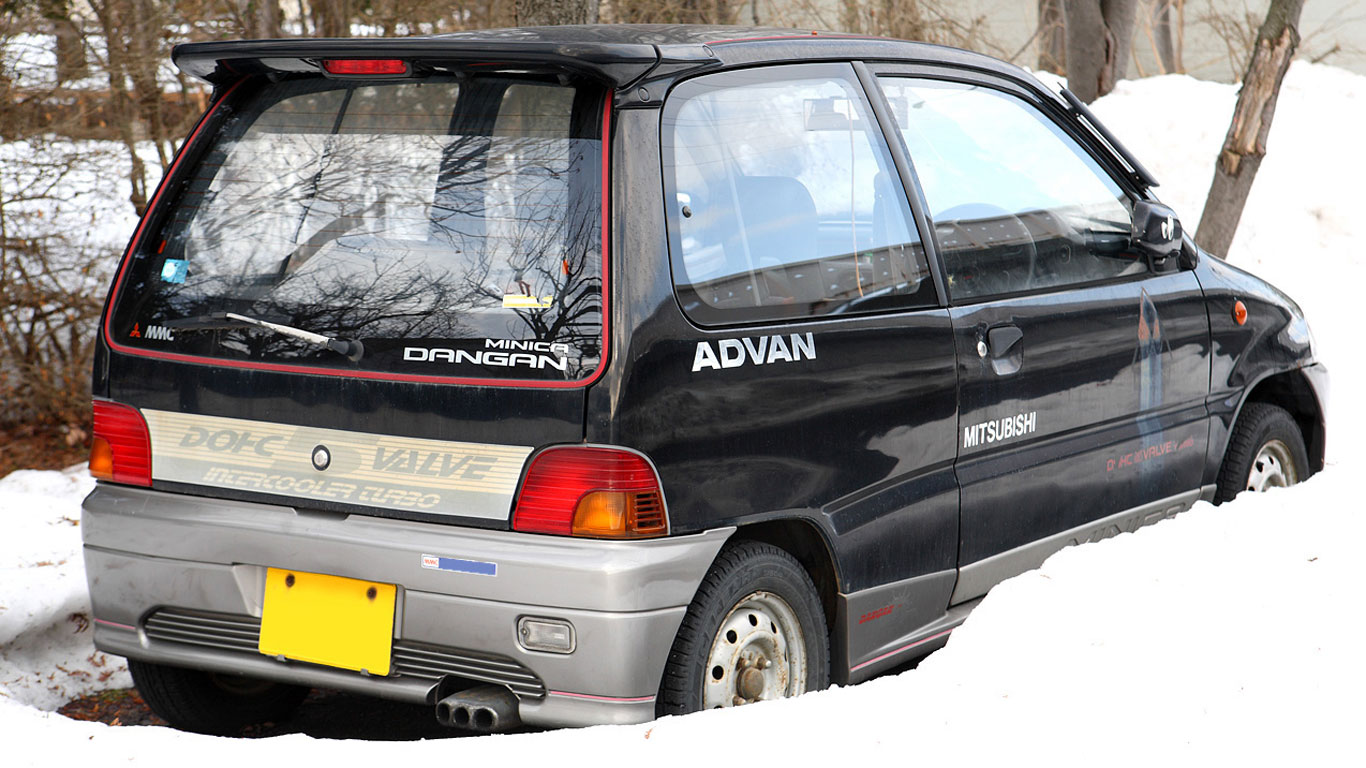
If we’re honest, the Mitsubishi Minica Dangan ZZ might just top the Autozam AZ-1 in the cool car stakes. Amazingly, there was also a Minica Lettuce, although it was nowhere near as bonkers as the Dangan ZZ.
Suzuki LJ10
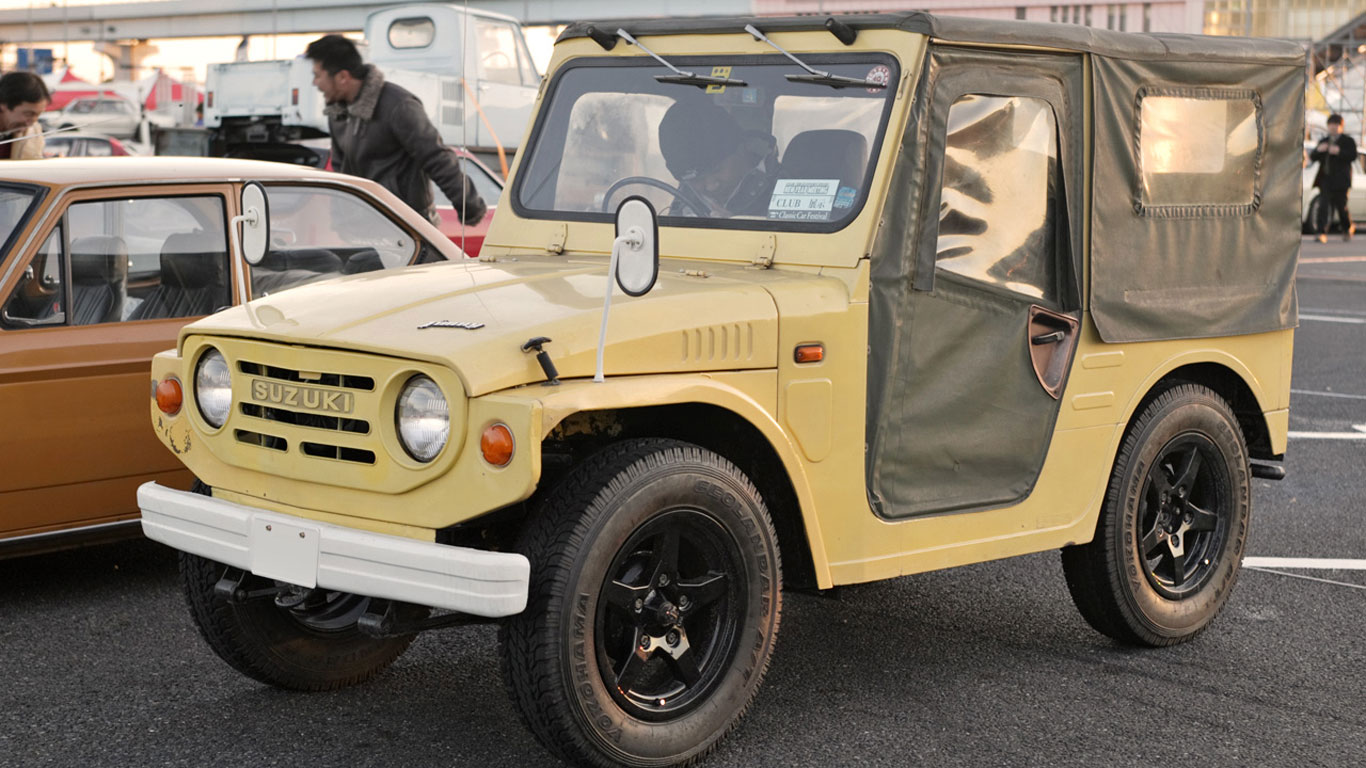
The Suzuki LJ10 was the world’s first mass-produced four-wheel drive kei car and the forerunner to the hugely successful Suzuki Jimny.
Suzuki SC100GX Whizzkid
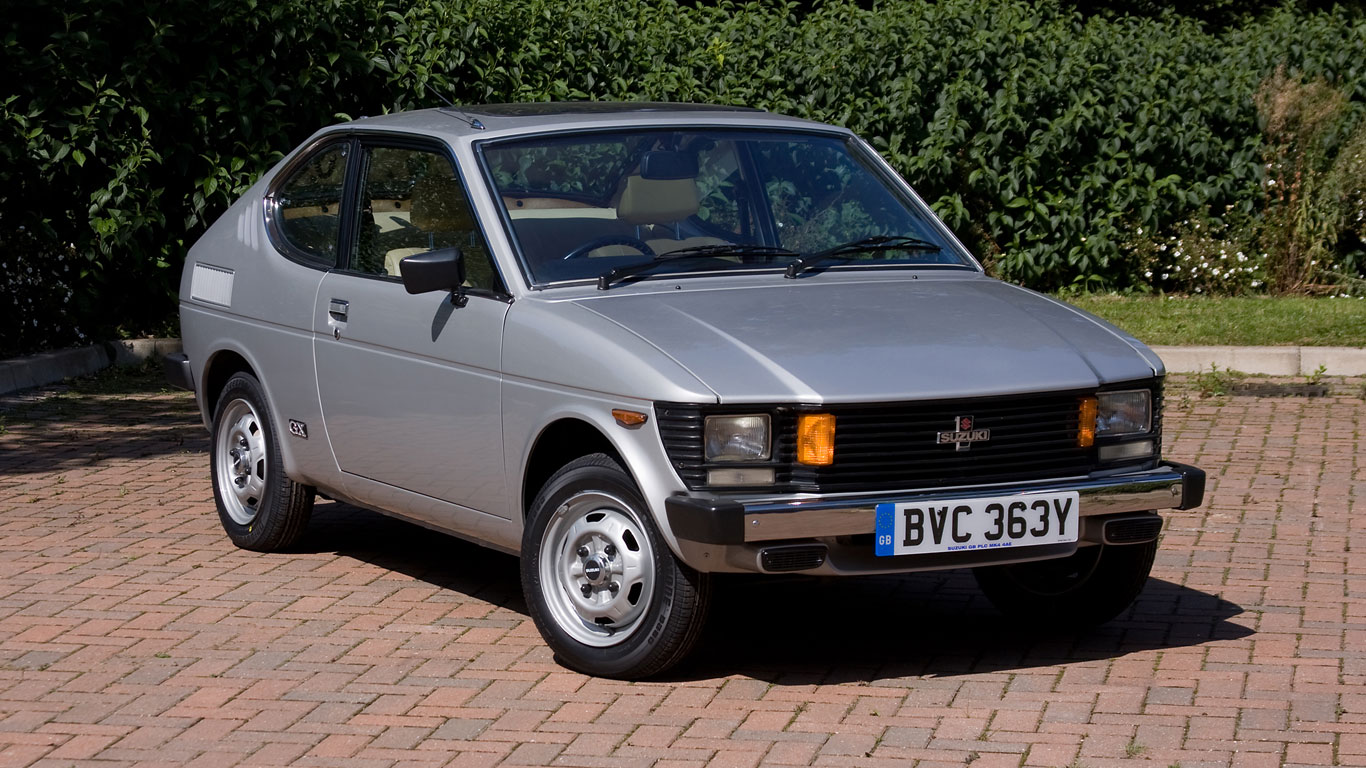
The export-spec Whizzkid – known in Japan as the Cervo – was powered by a 970cc four-cylinder engine, a little different to the tax-efficient domestic version. Past owners include the legendary motoring journalist, LJK Setright.
Subaru Sambar
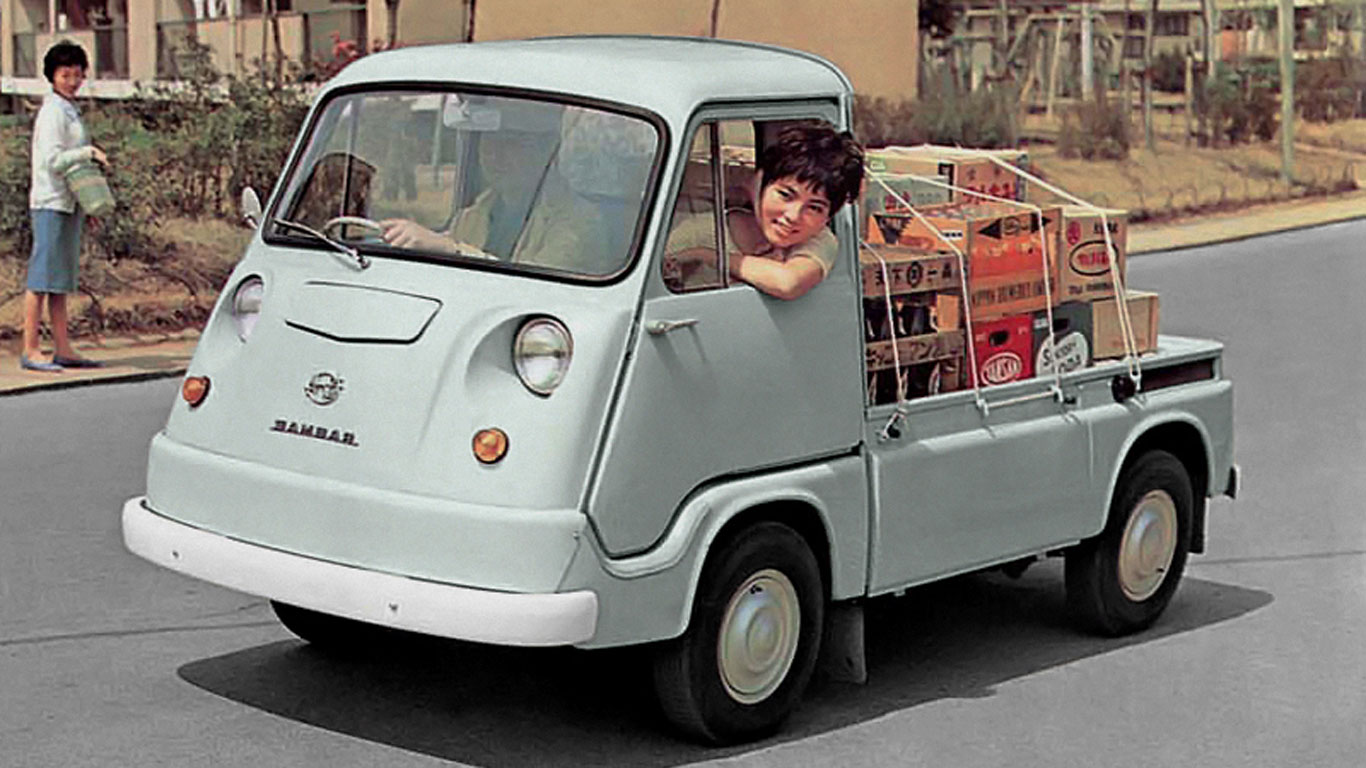
There have been many Subaru Sambars, including a weird retro-style copy of the Volkswagen camper. But our favourite is the original of the 1960s. Just look at it.
Daihatsu Midget II
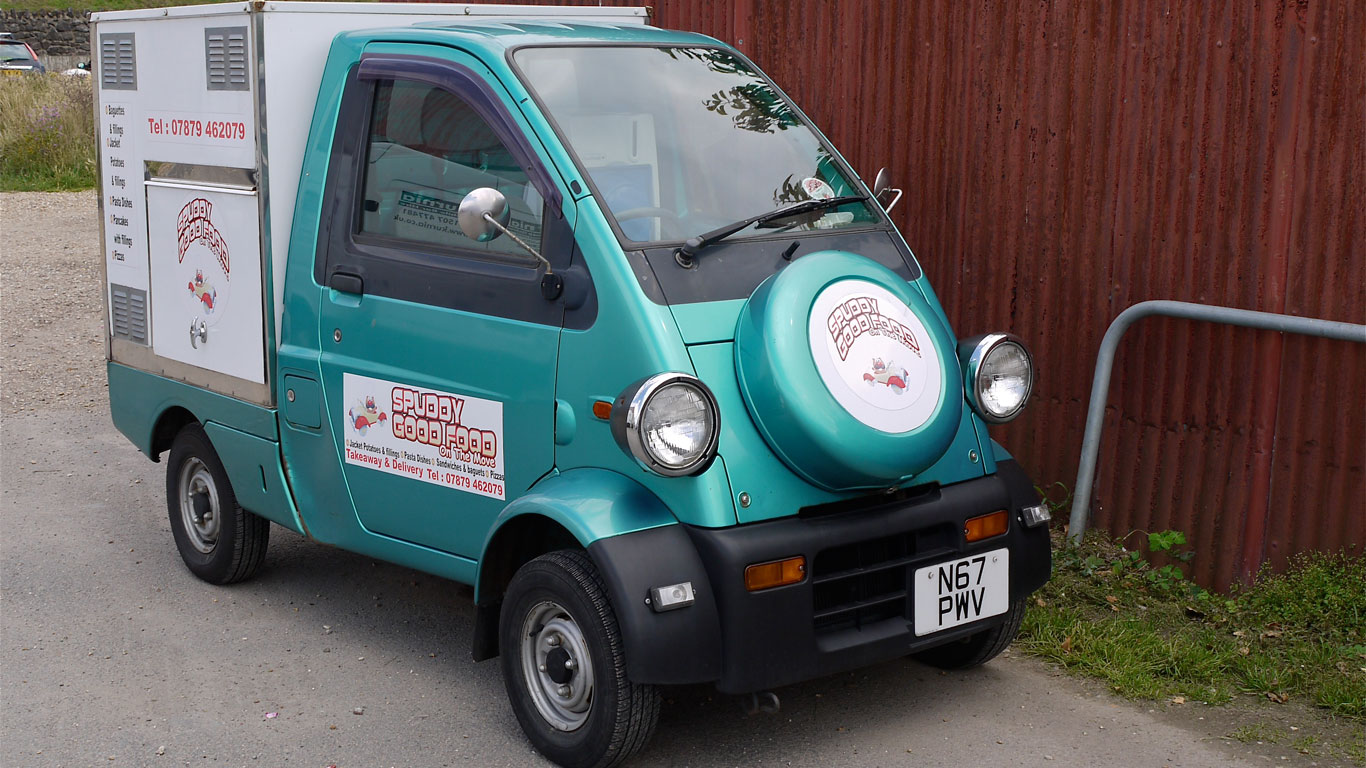
Two reasons for loving this. Firstly, the name. Secondly, the spare wheel on the front. Without that feature, it wouldn’t be as cool as the original three-wheeled Midget.
Toyota Pixis Mega
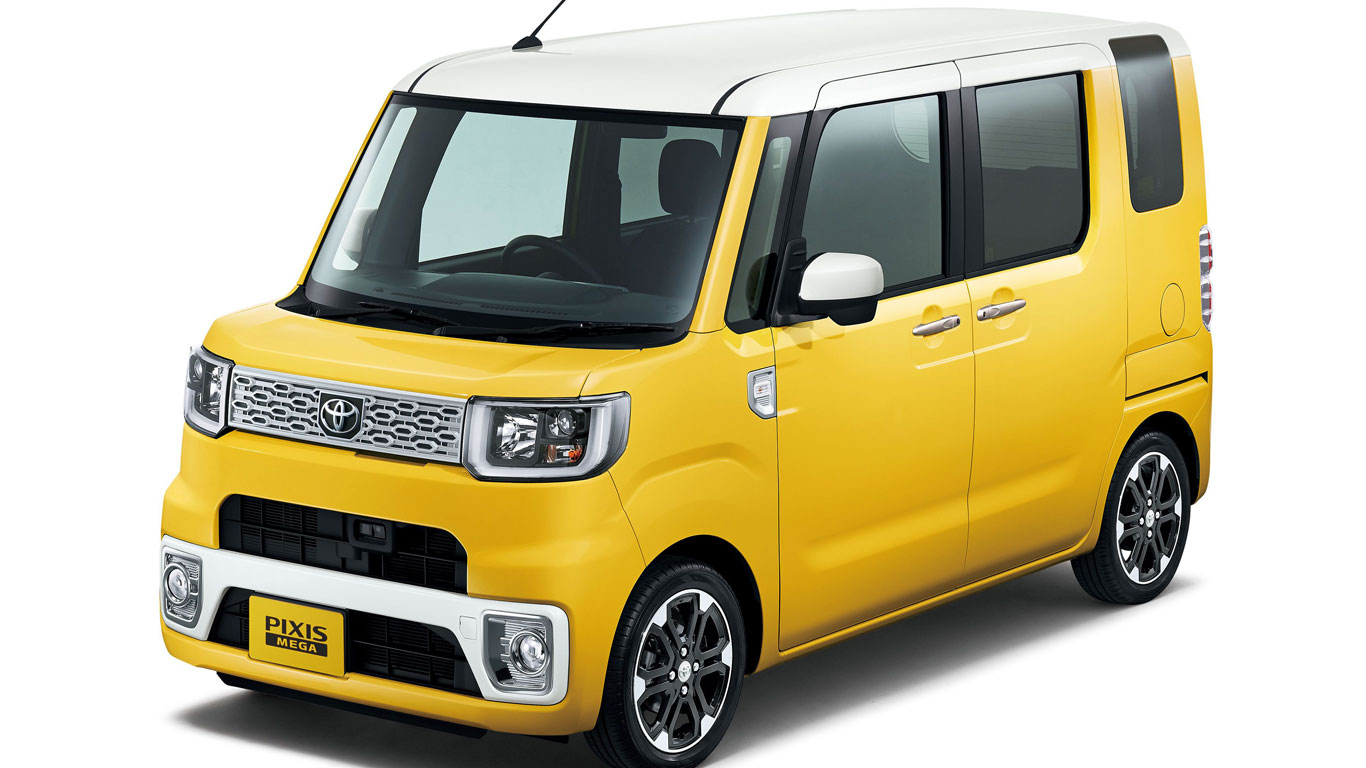
We close with the brilliant Toyota Pixis Mega. In a demonstration of neat packaging, the Pixis Mega can seat four adults and features a pair of one-touch sliding doors. Proof that boxy can be good.

